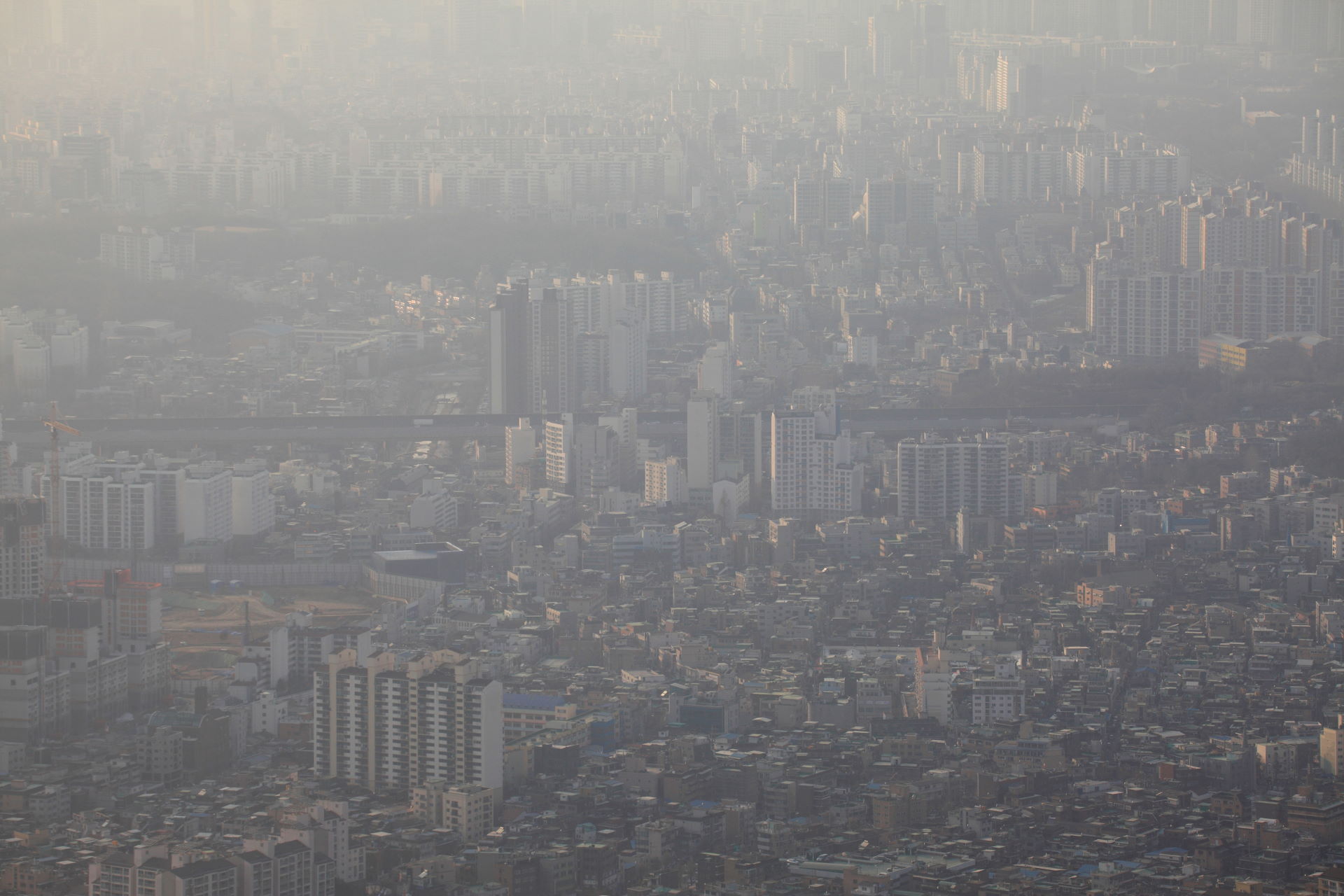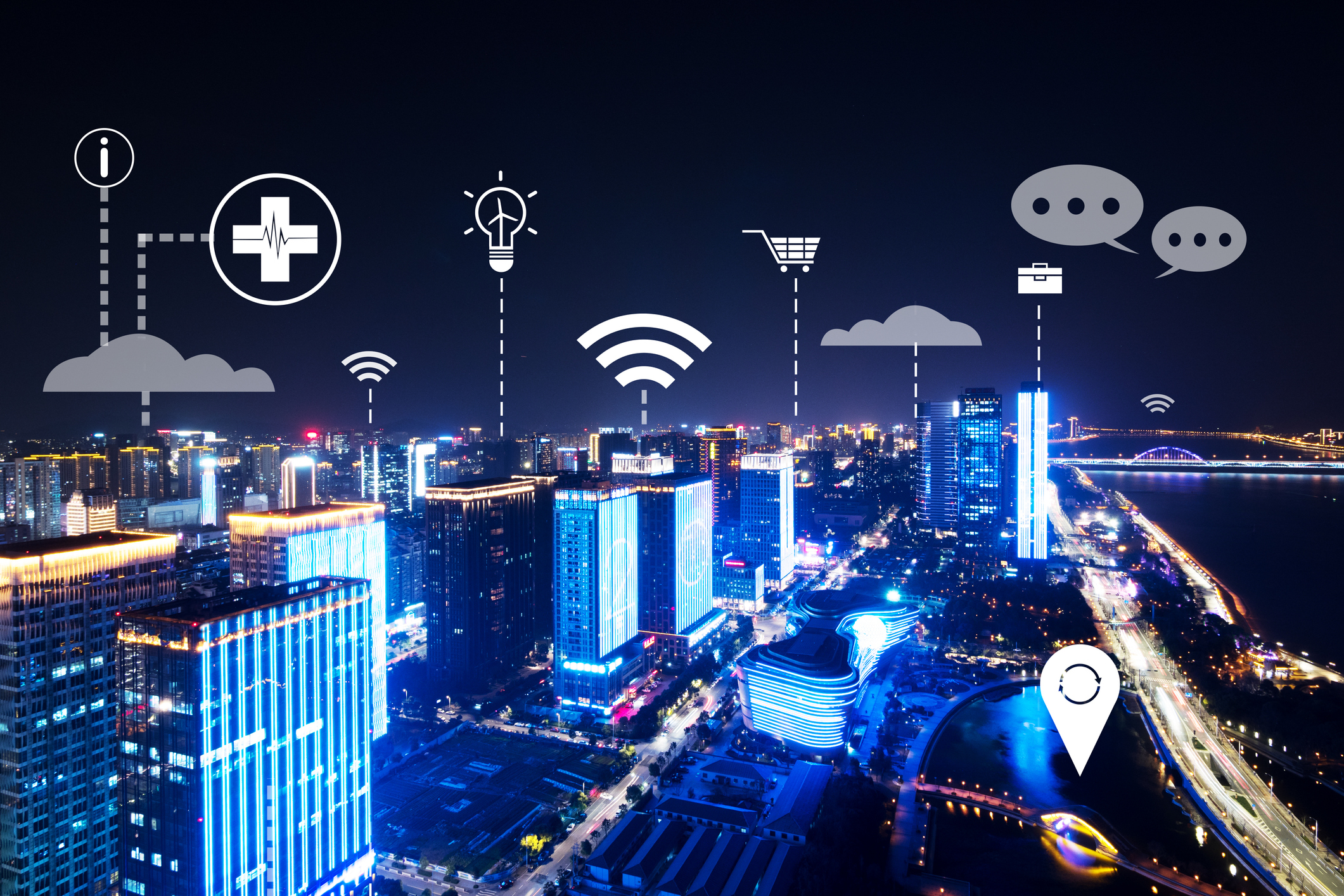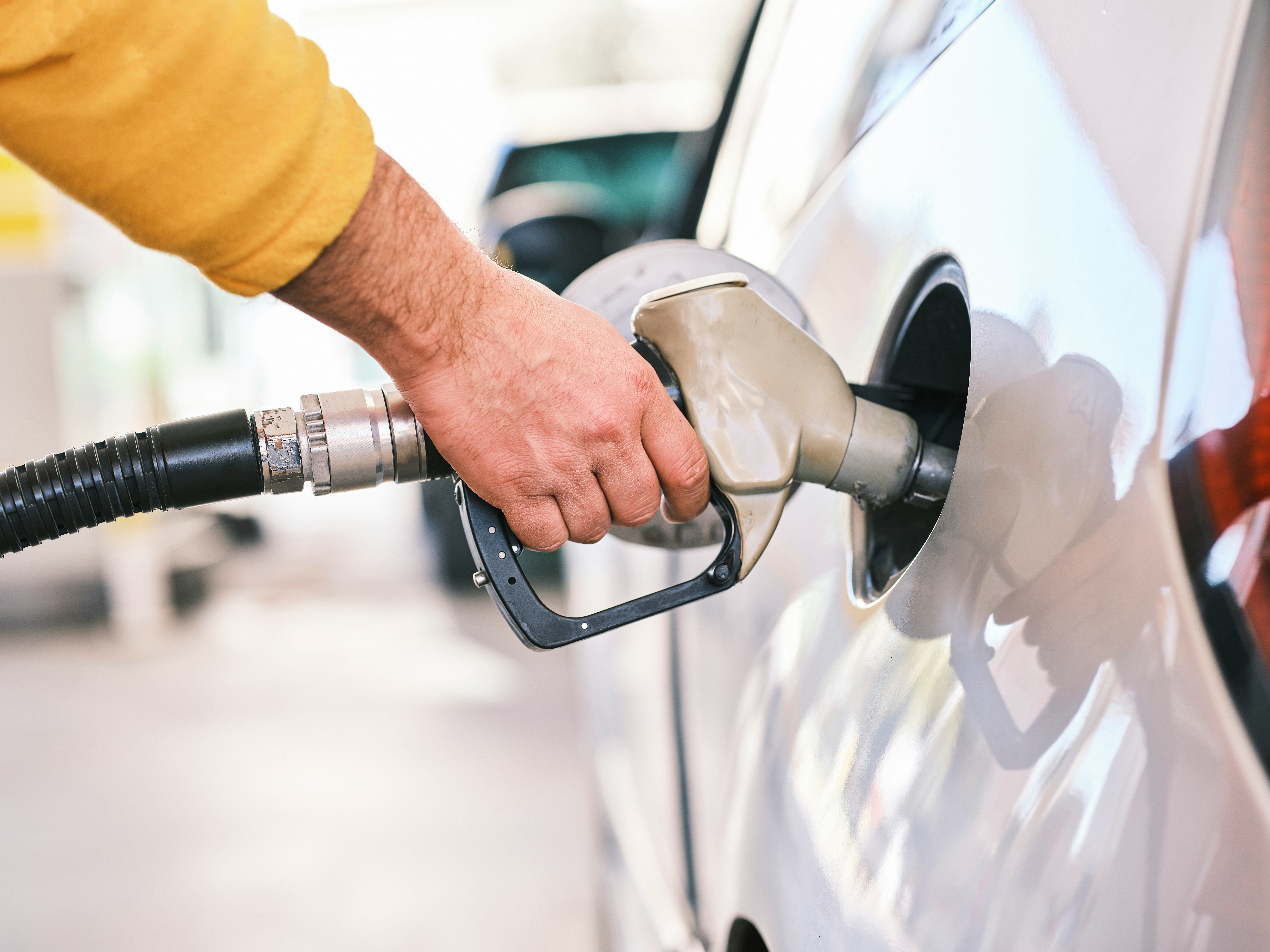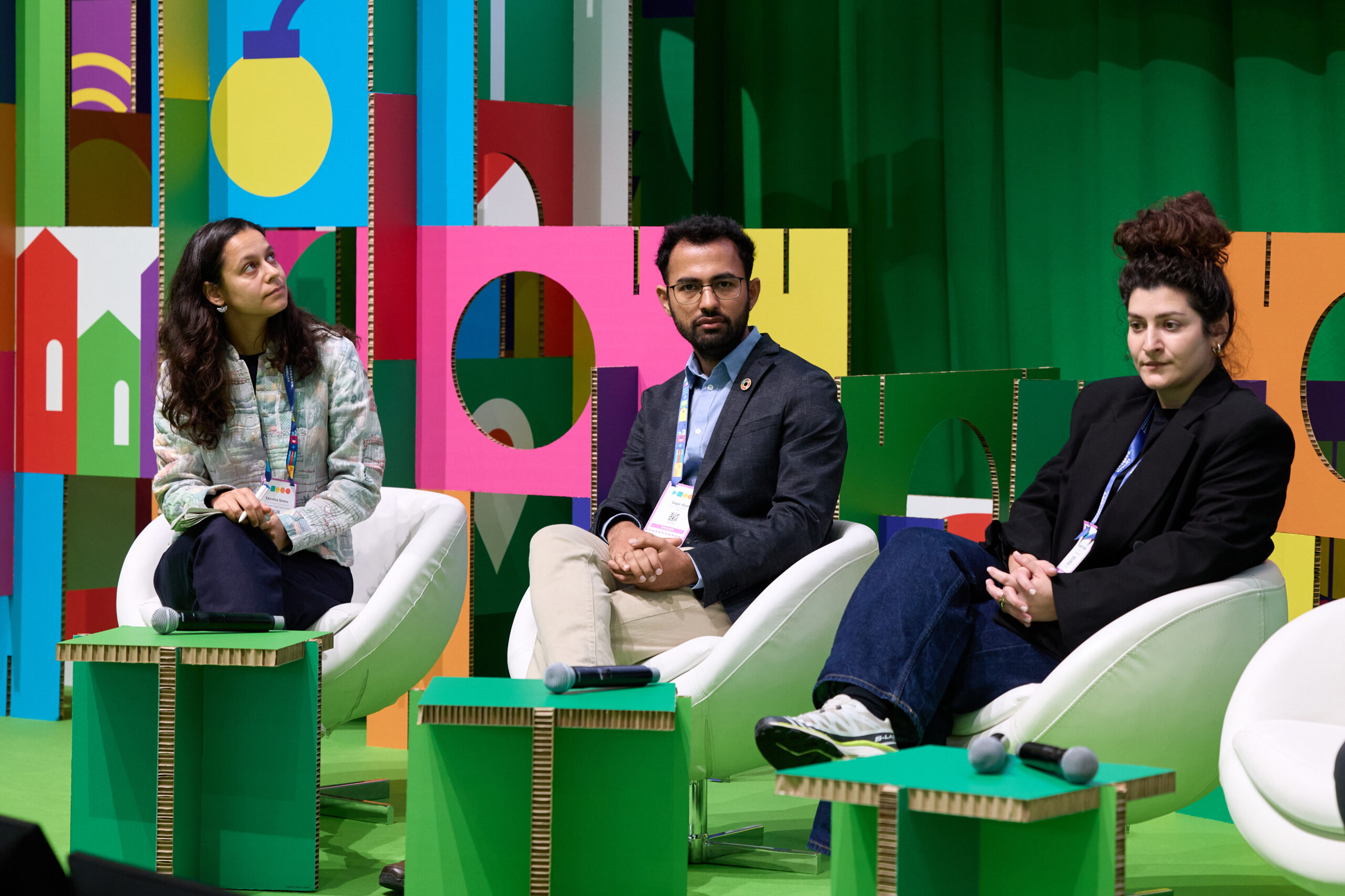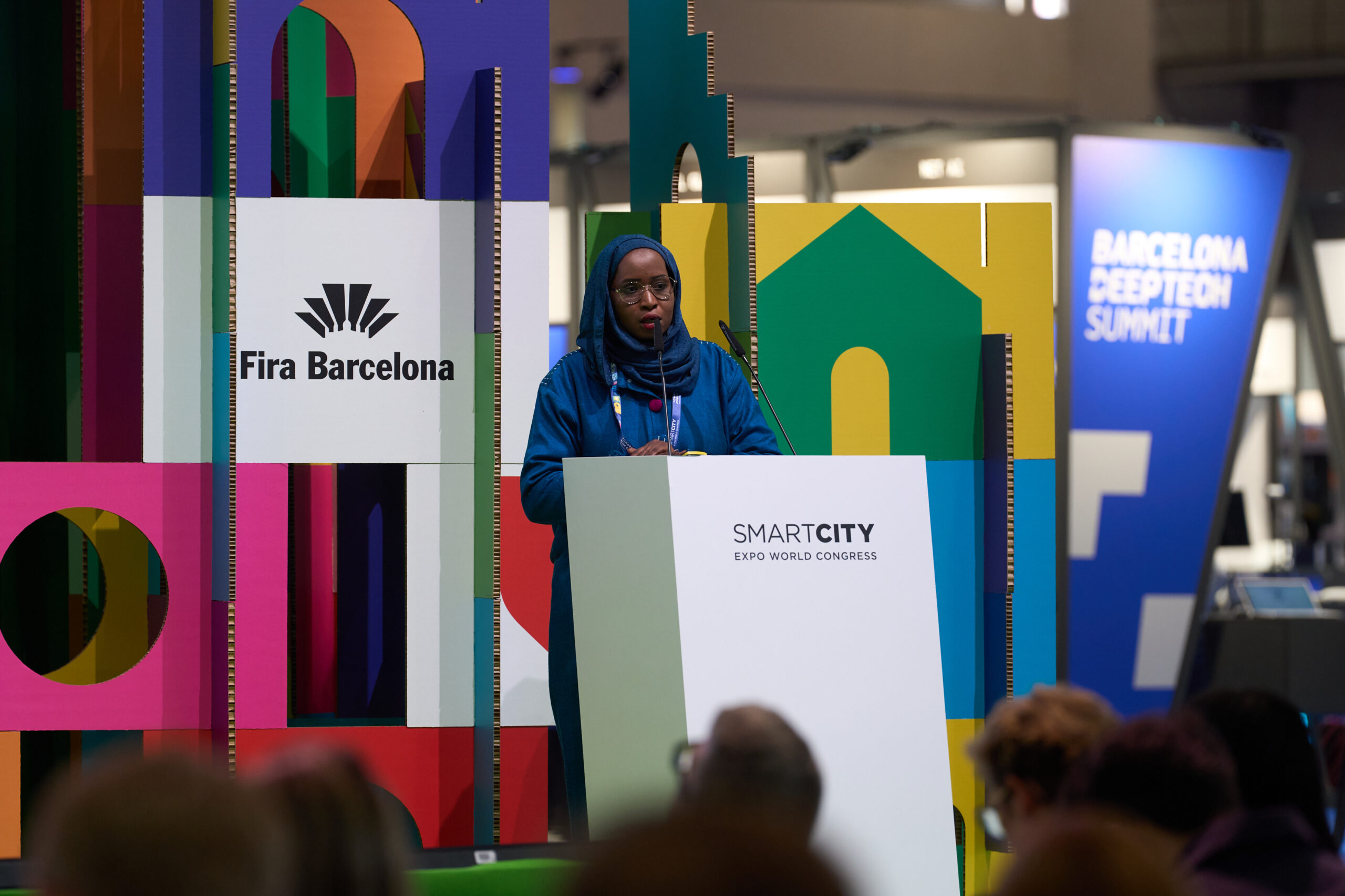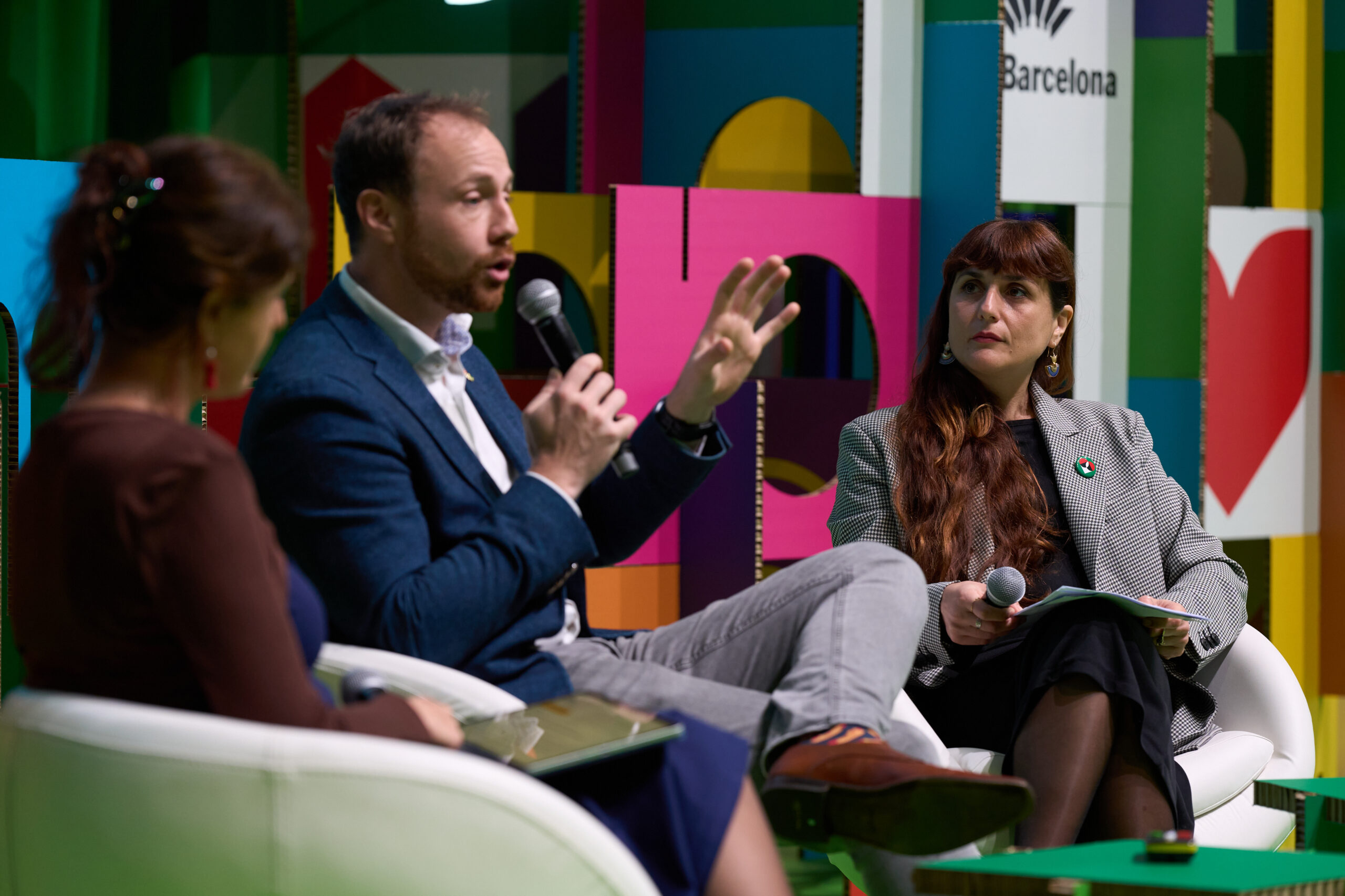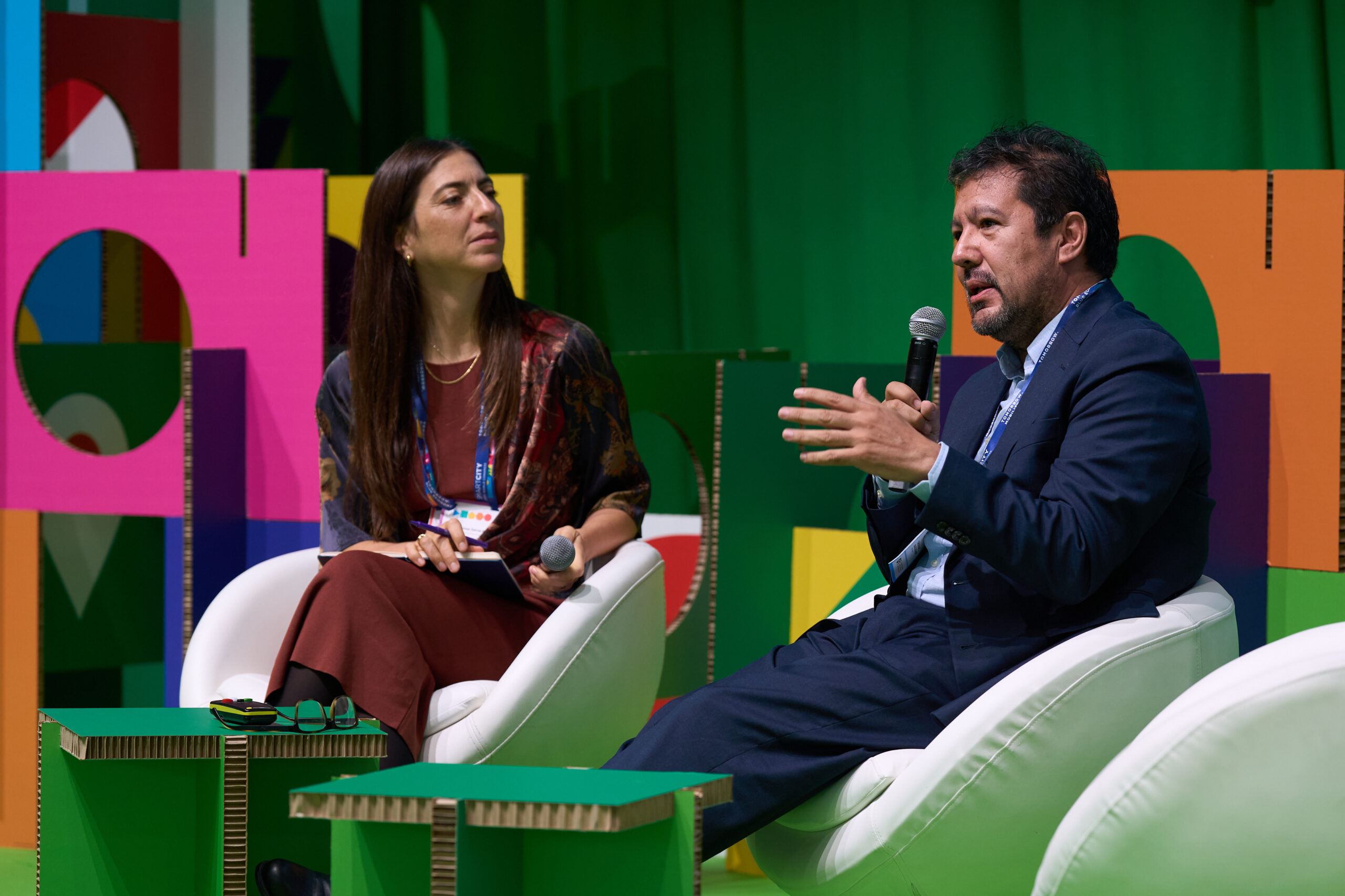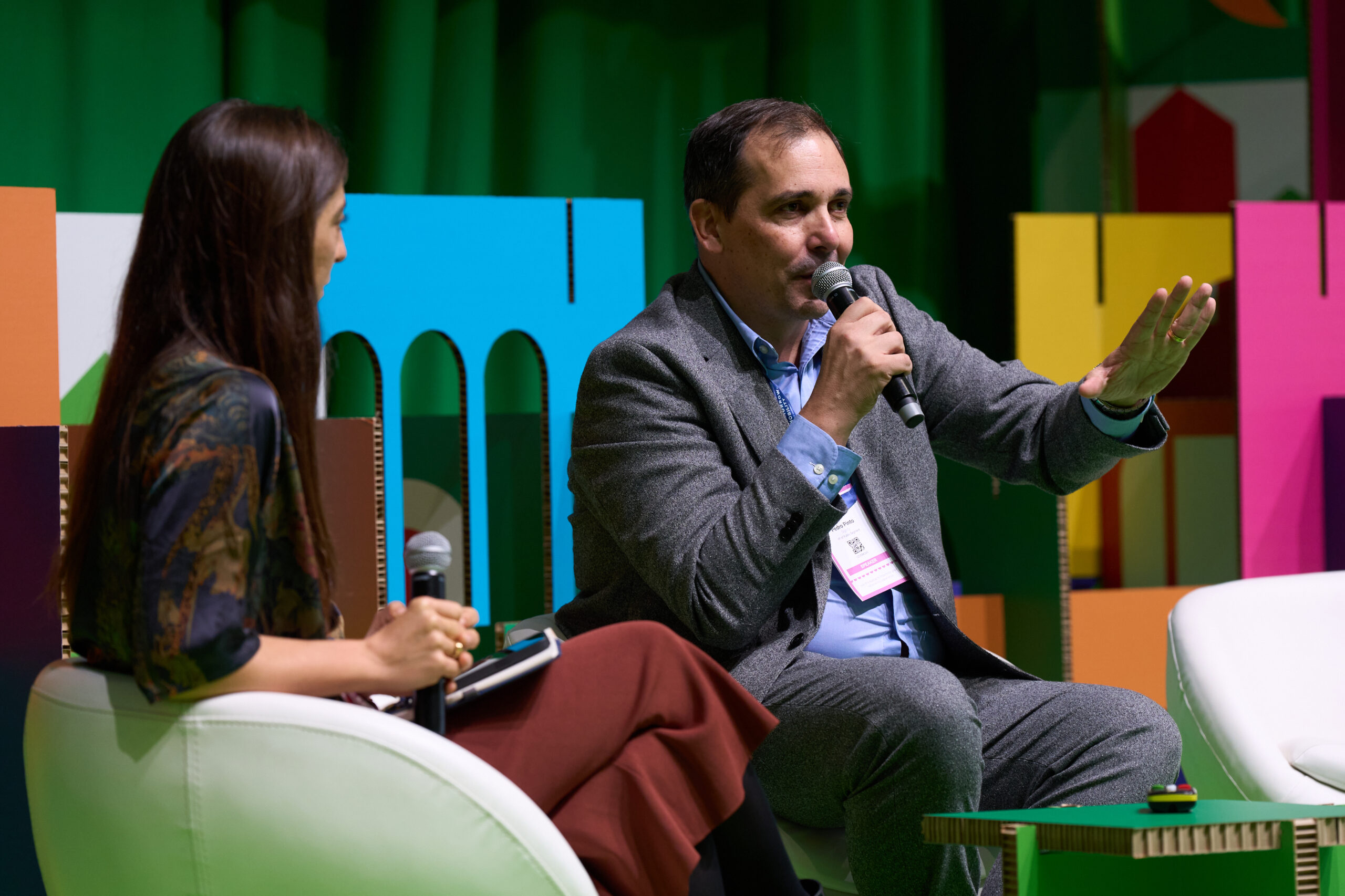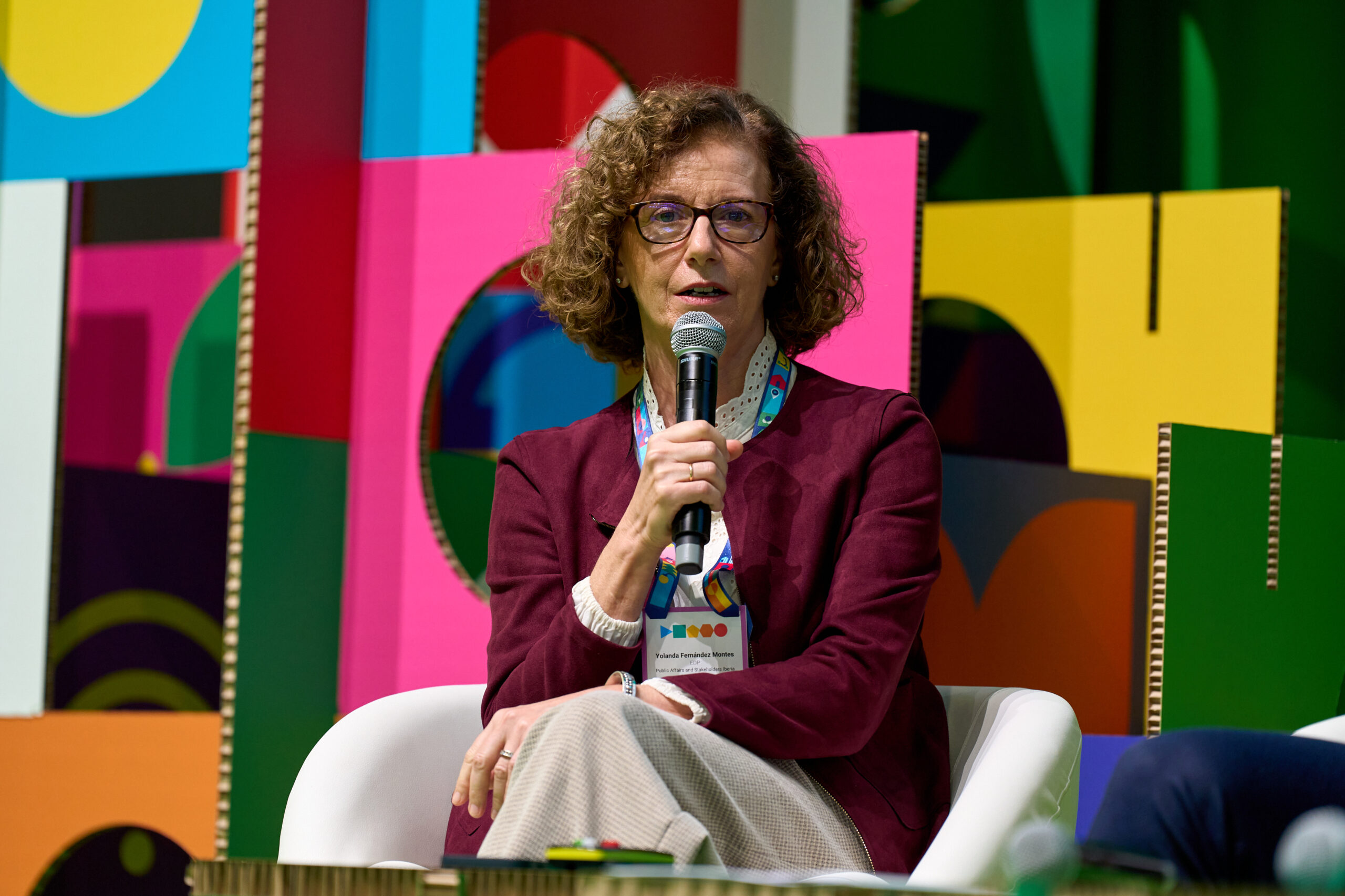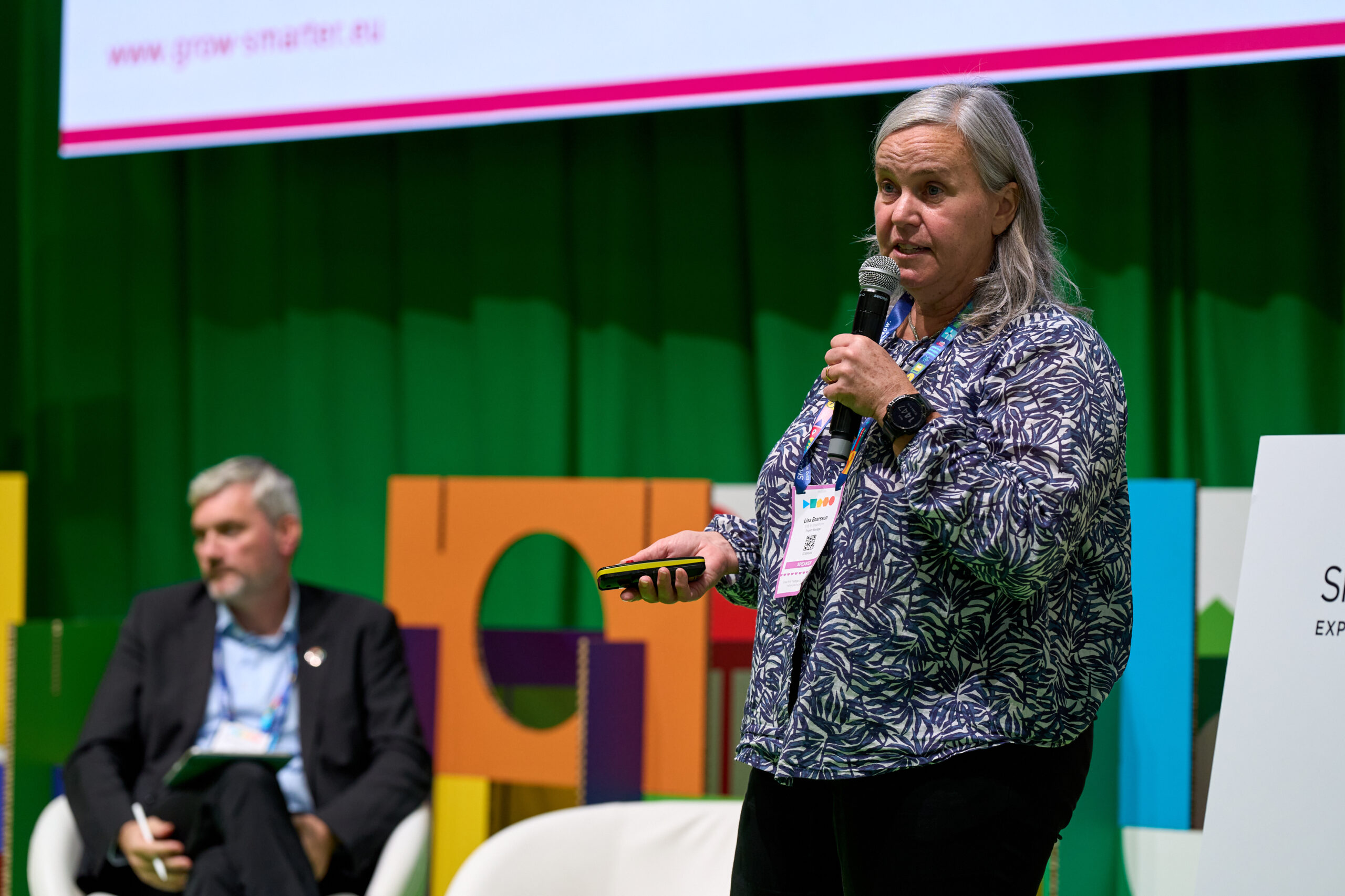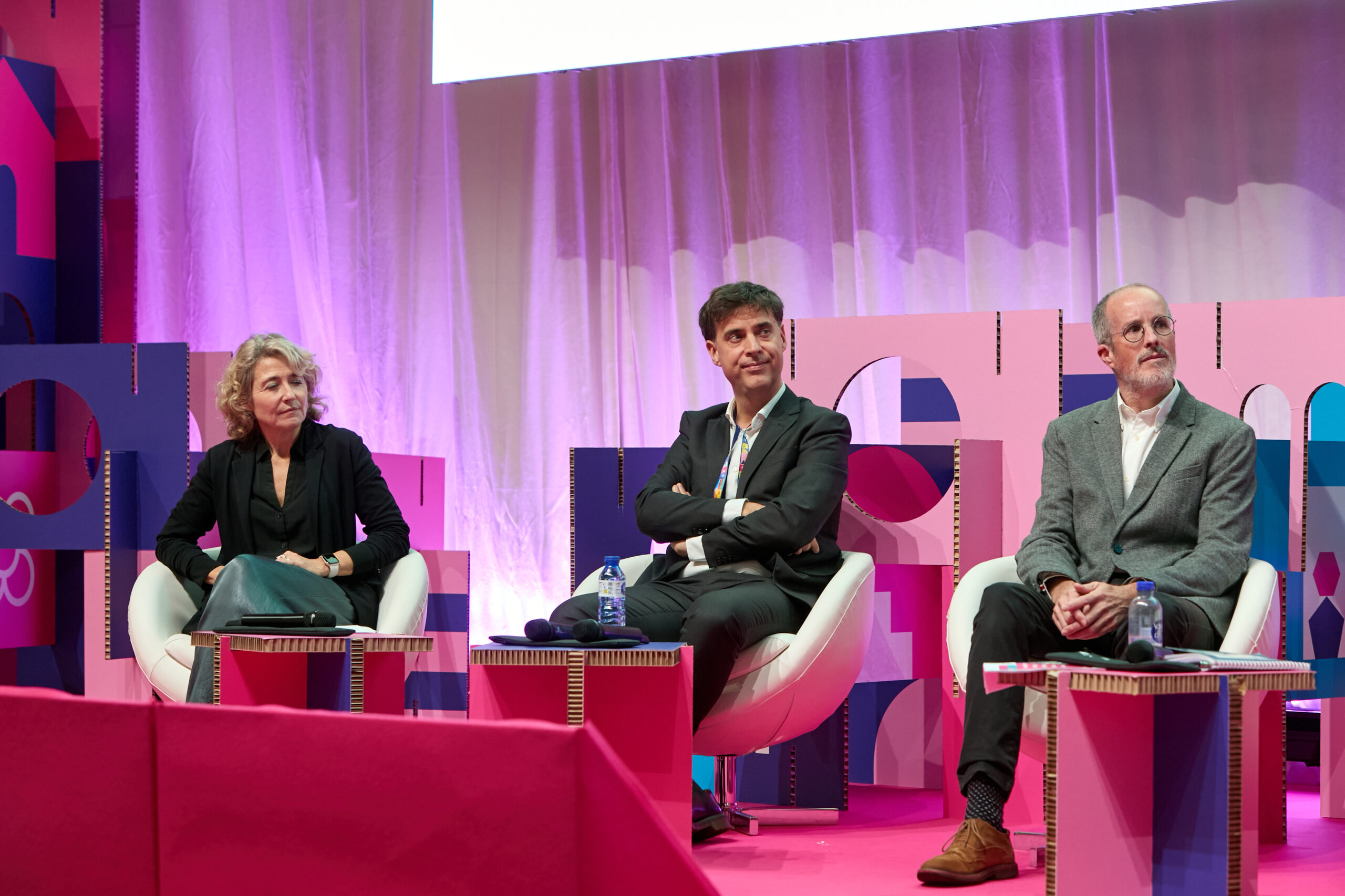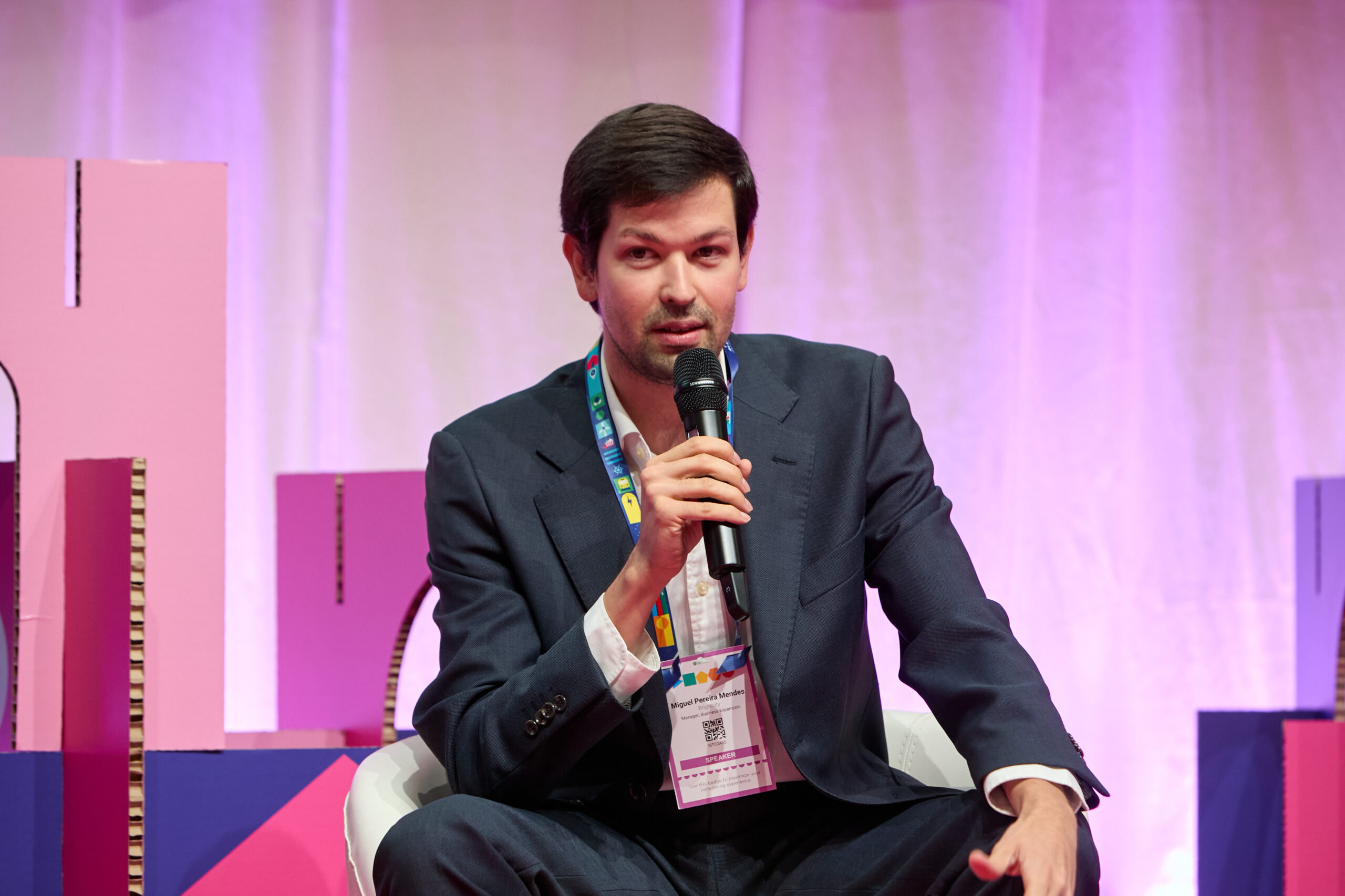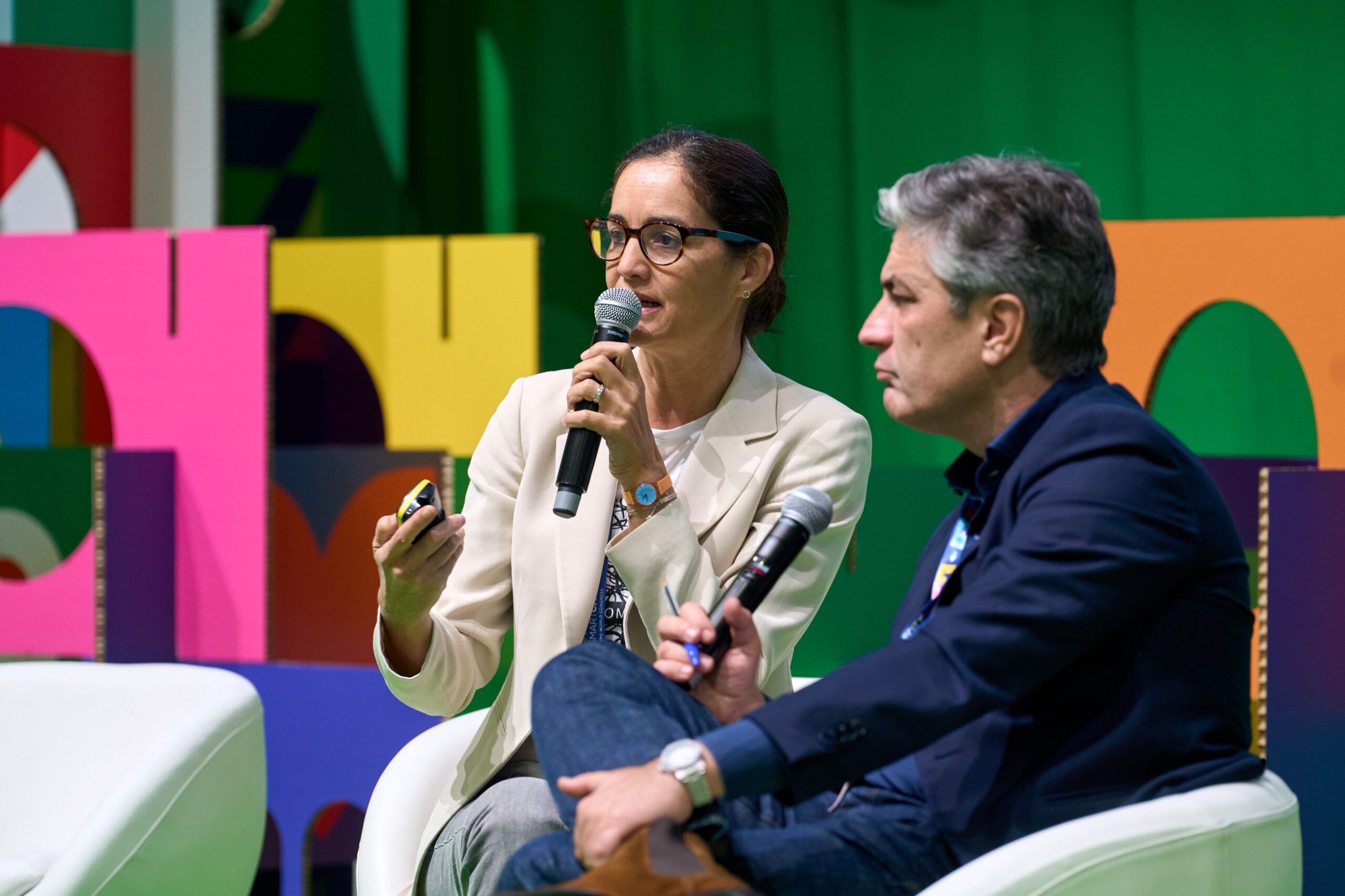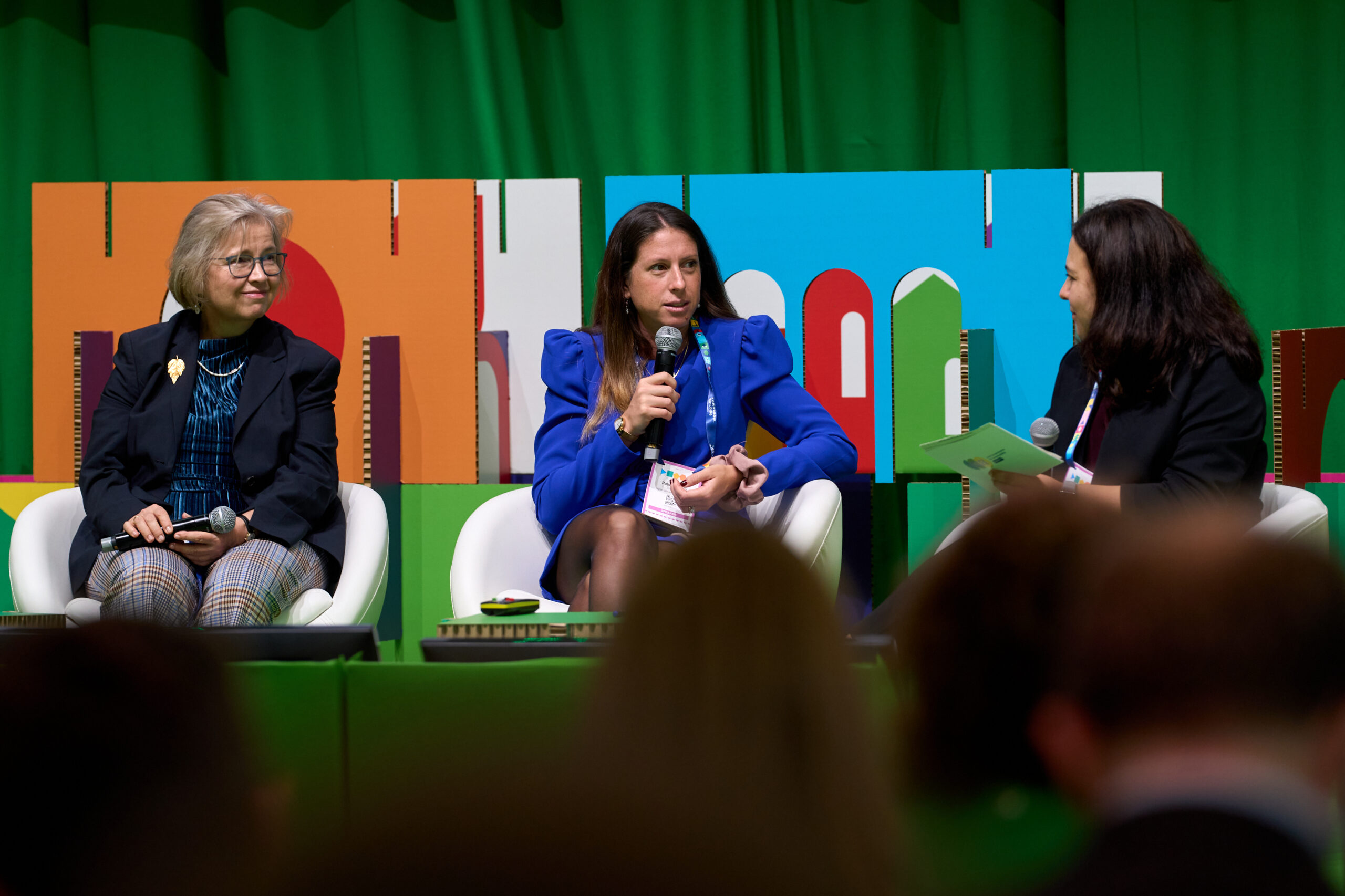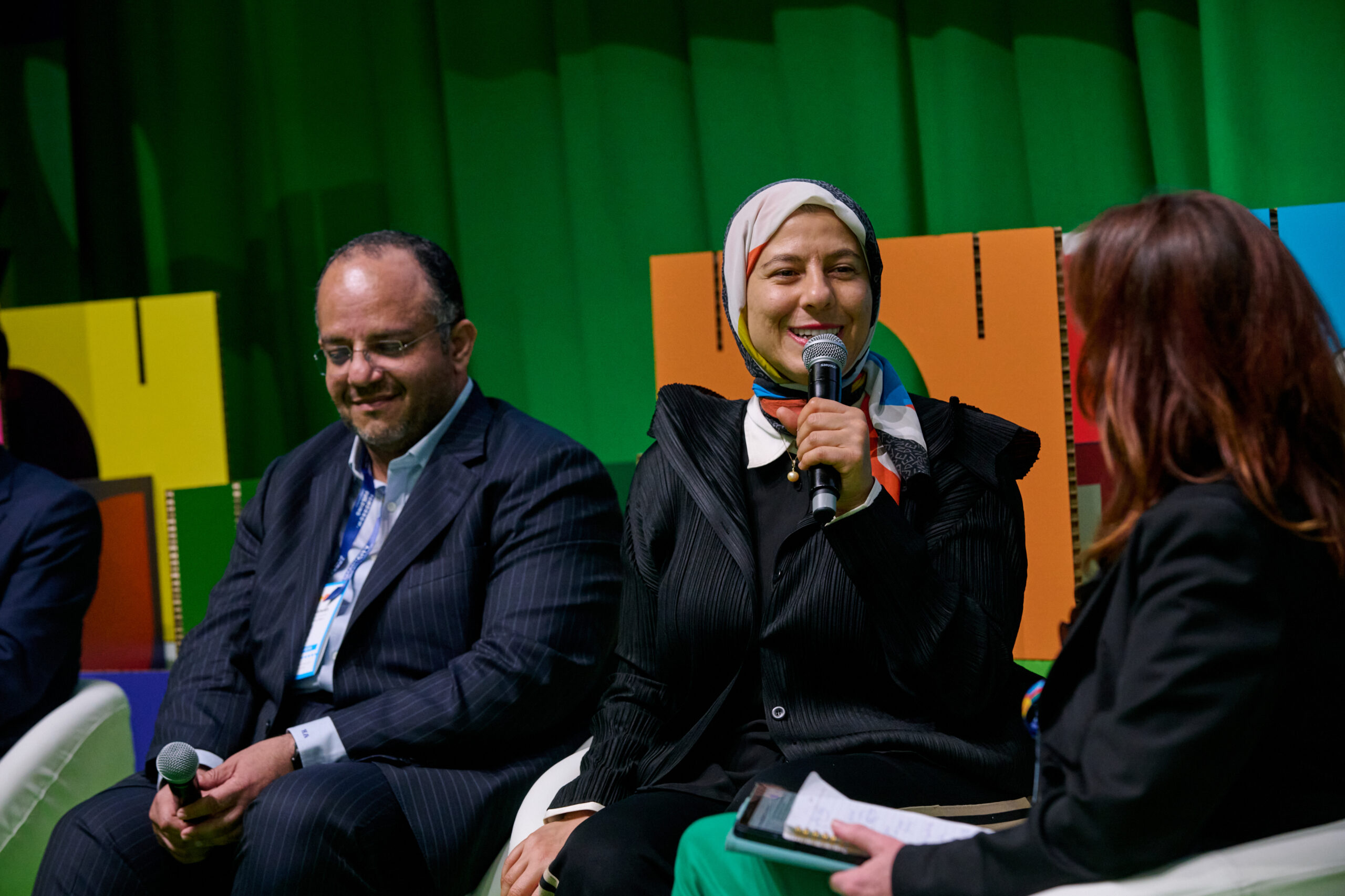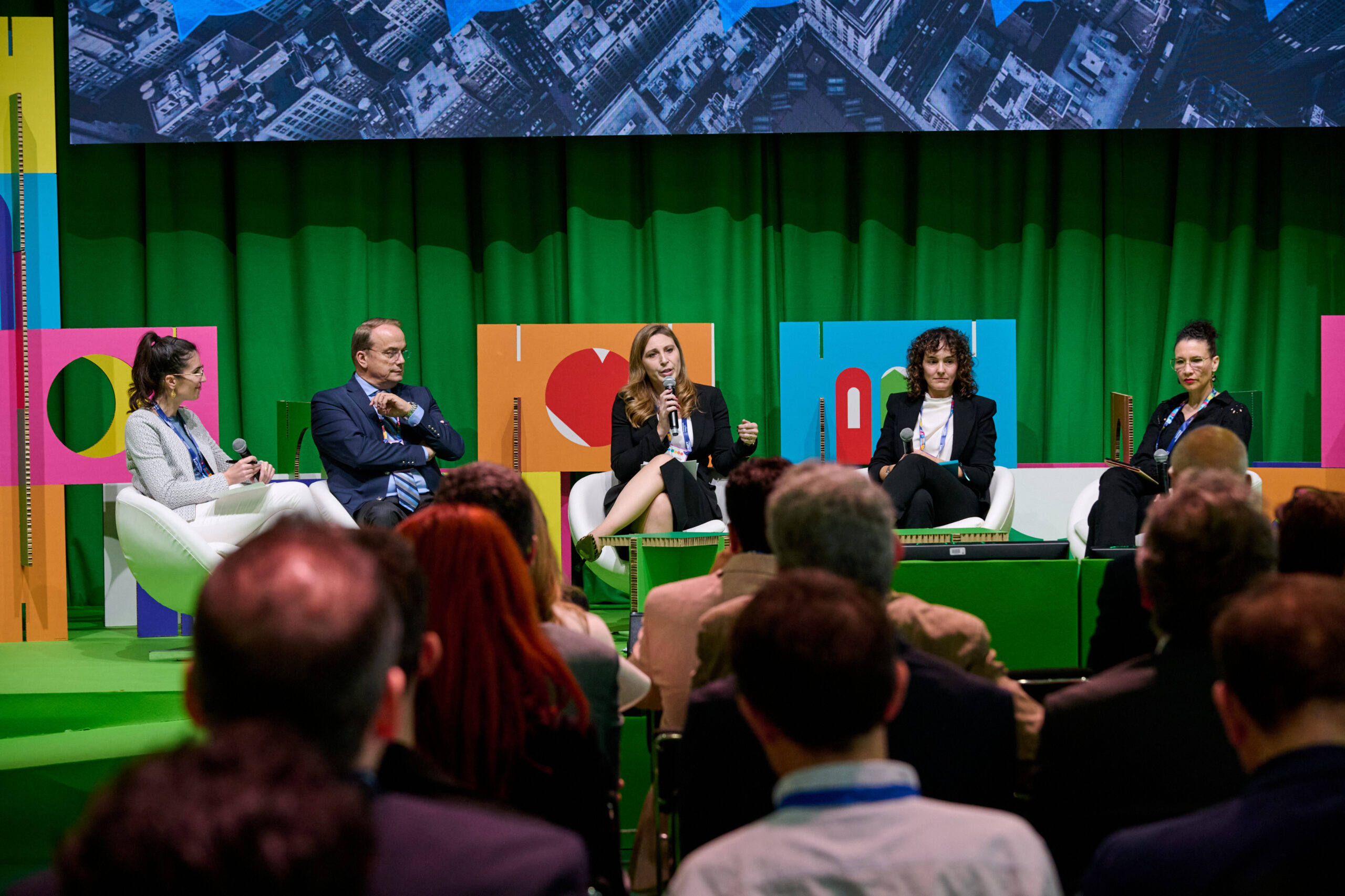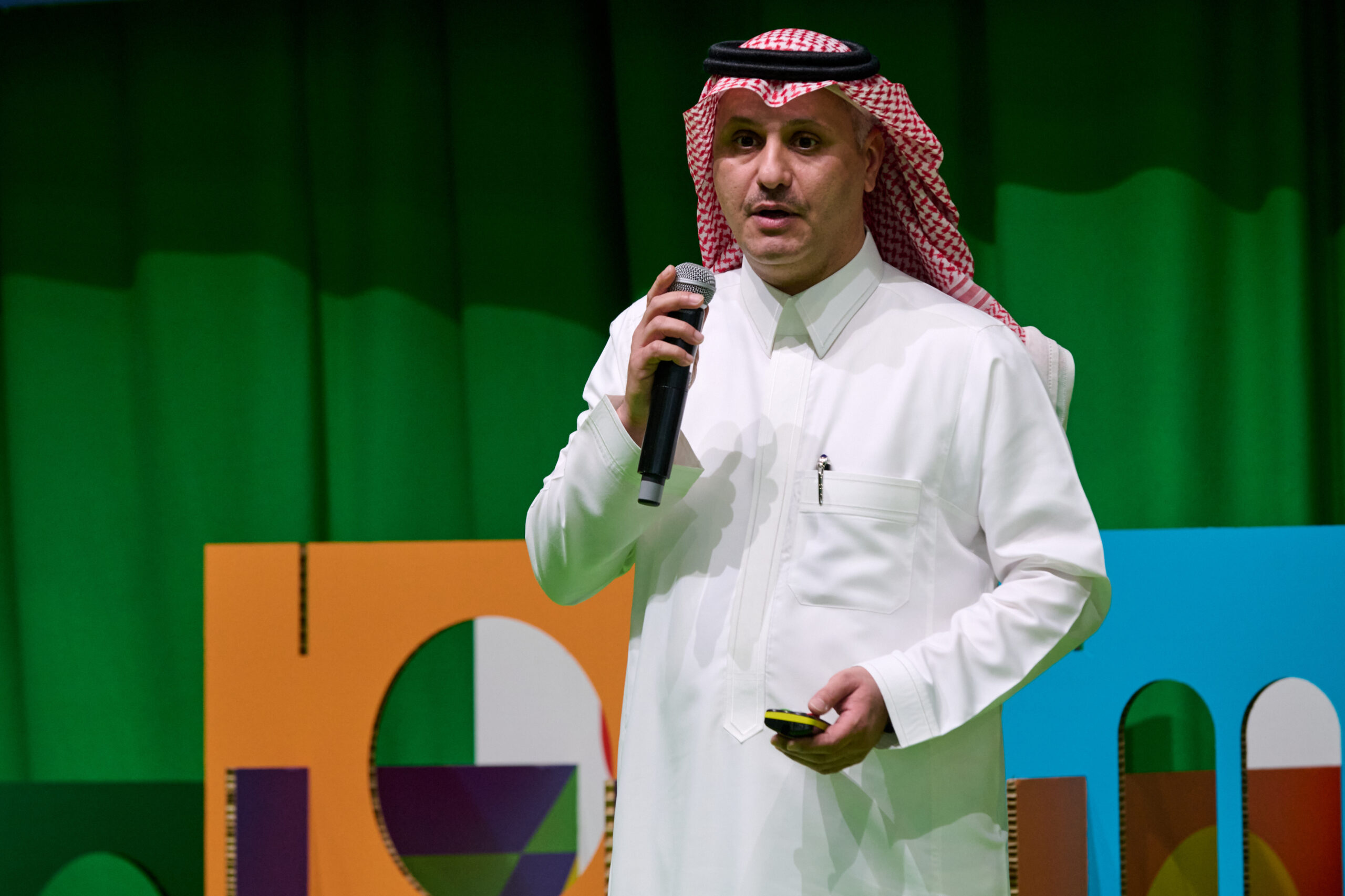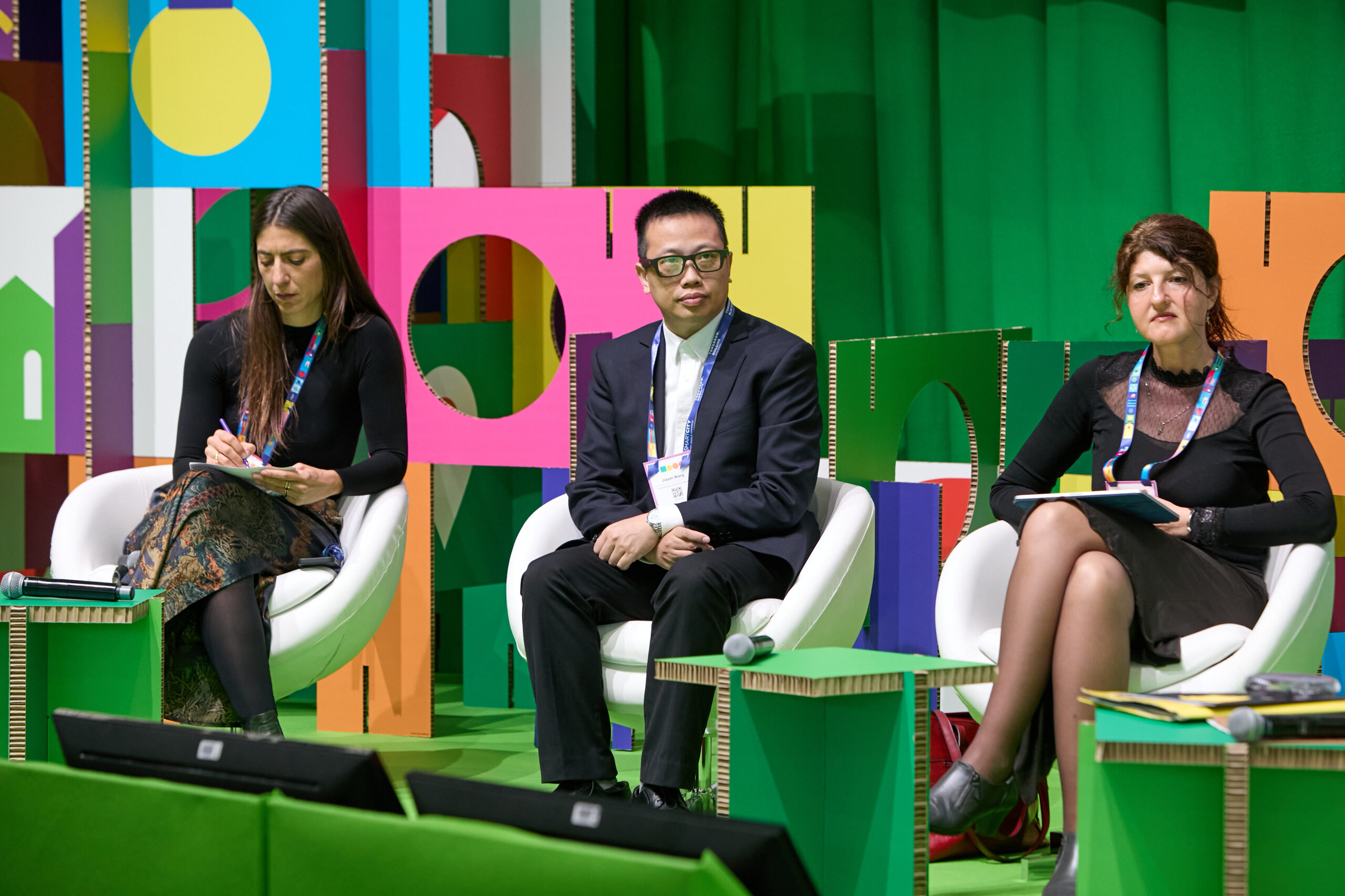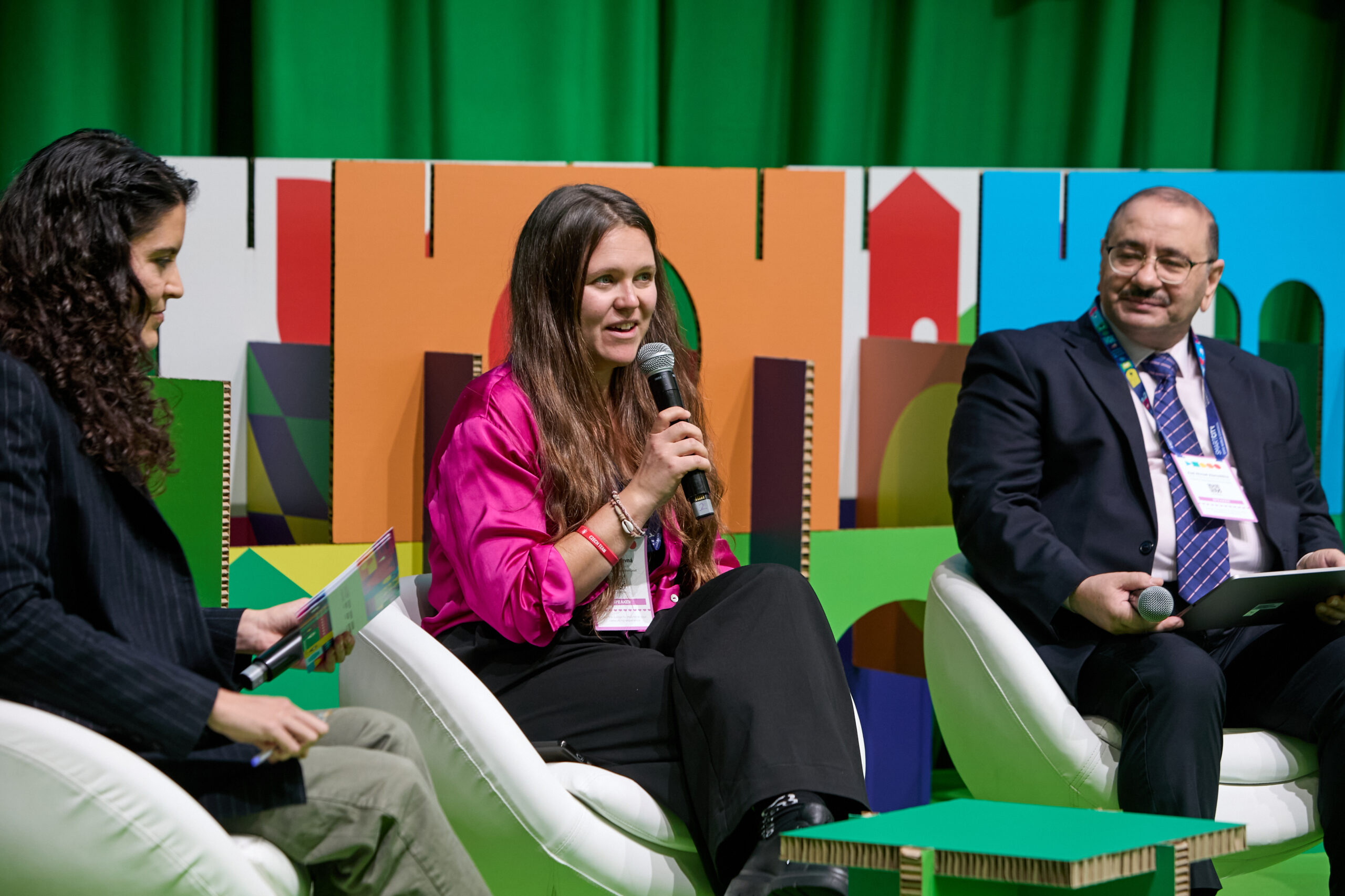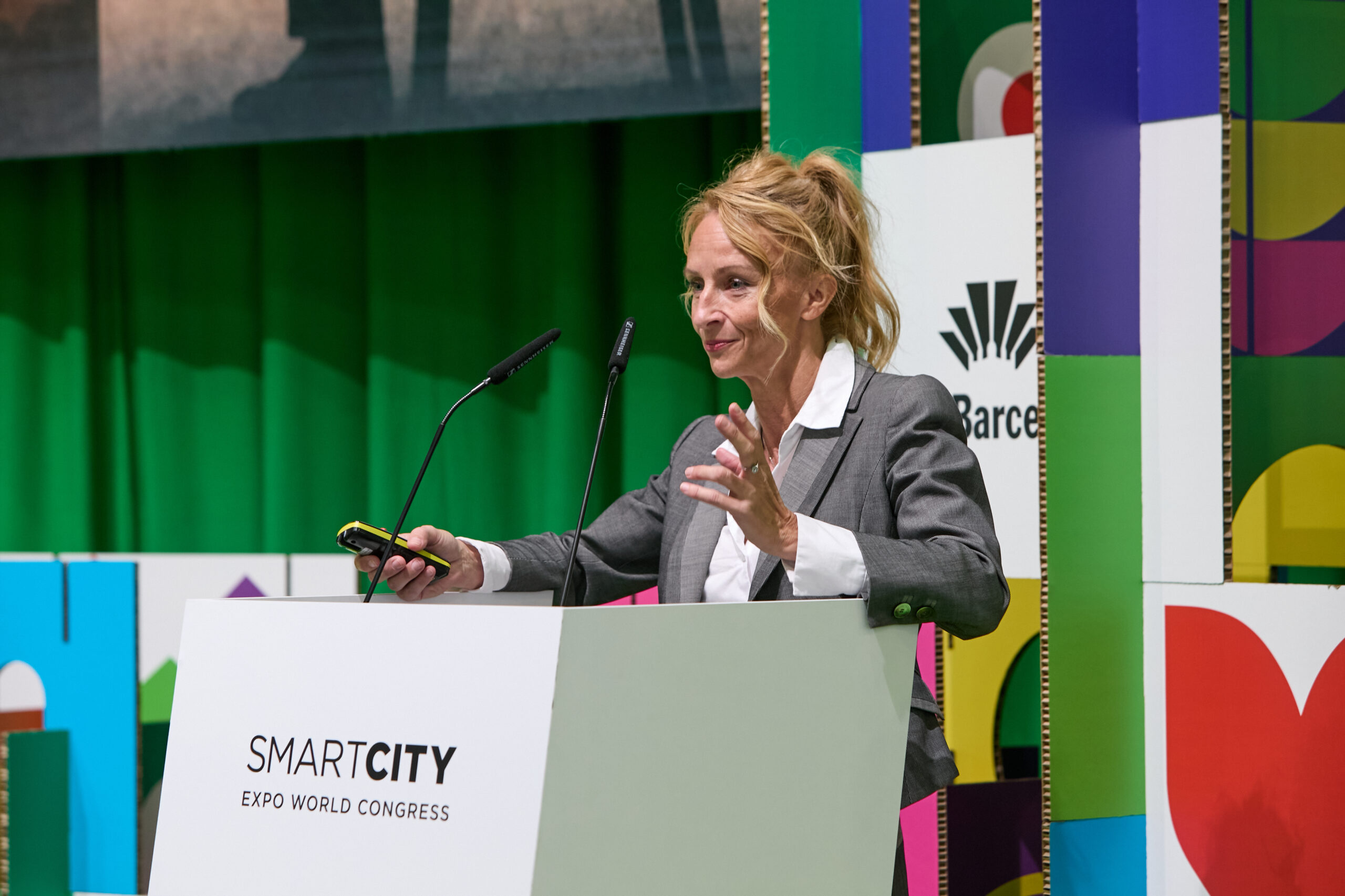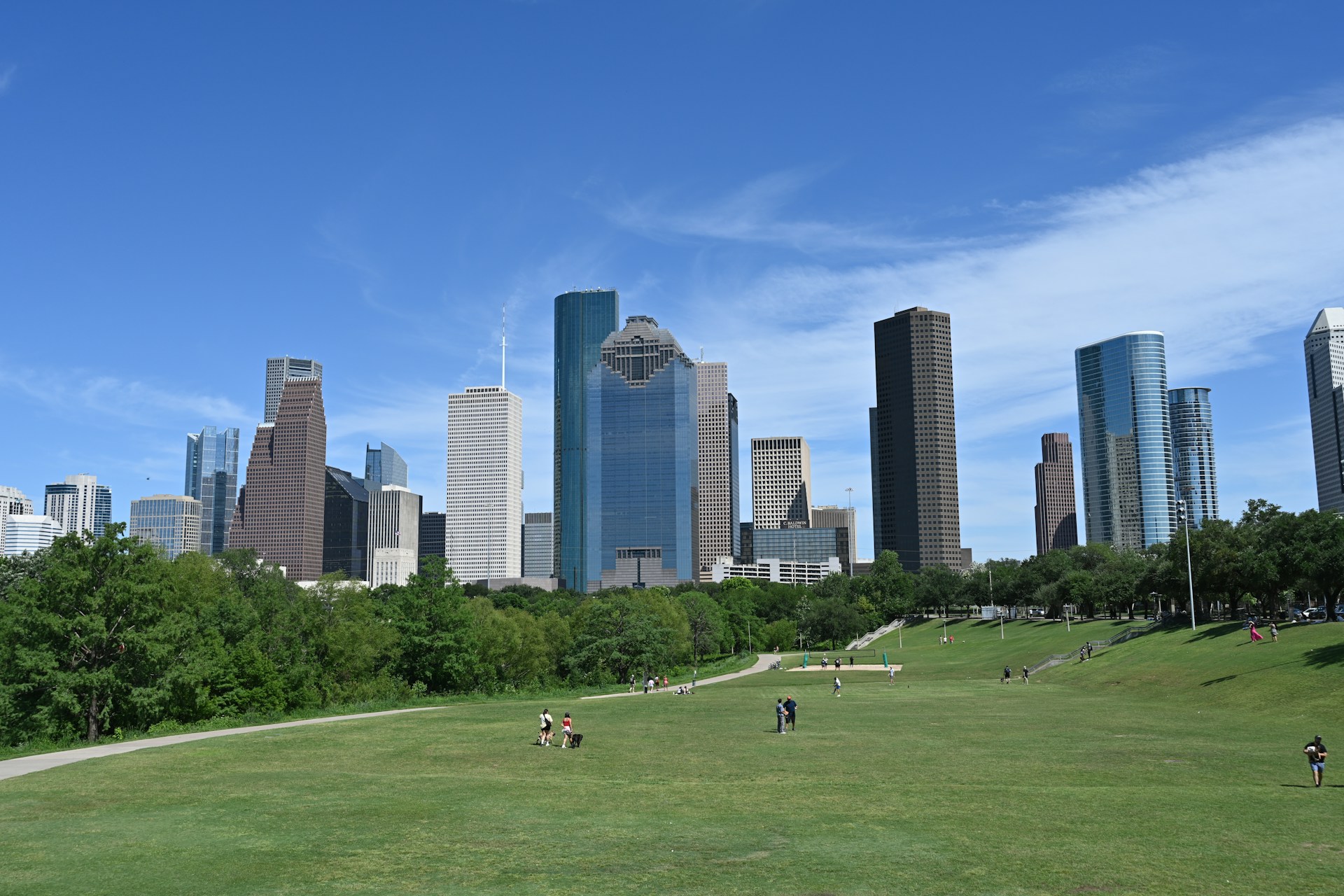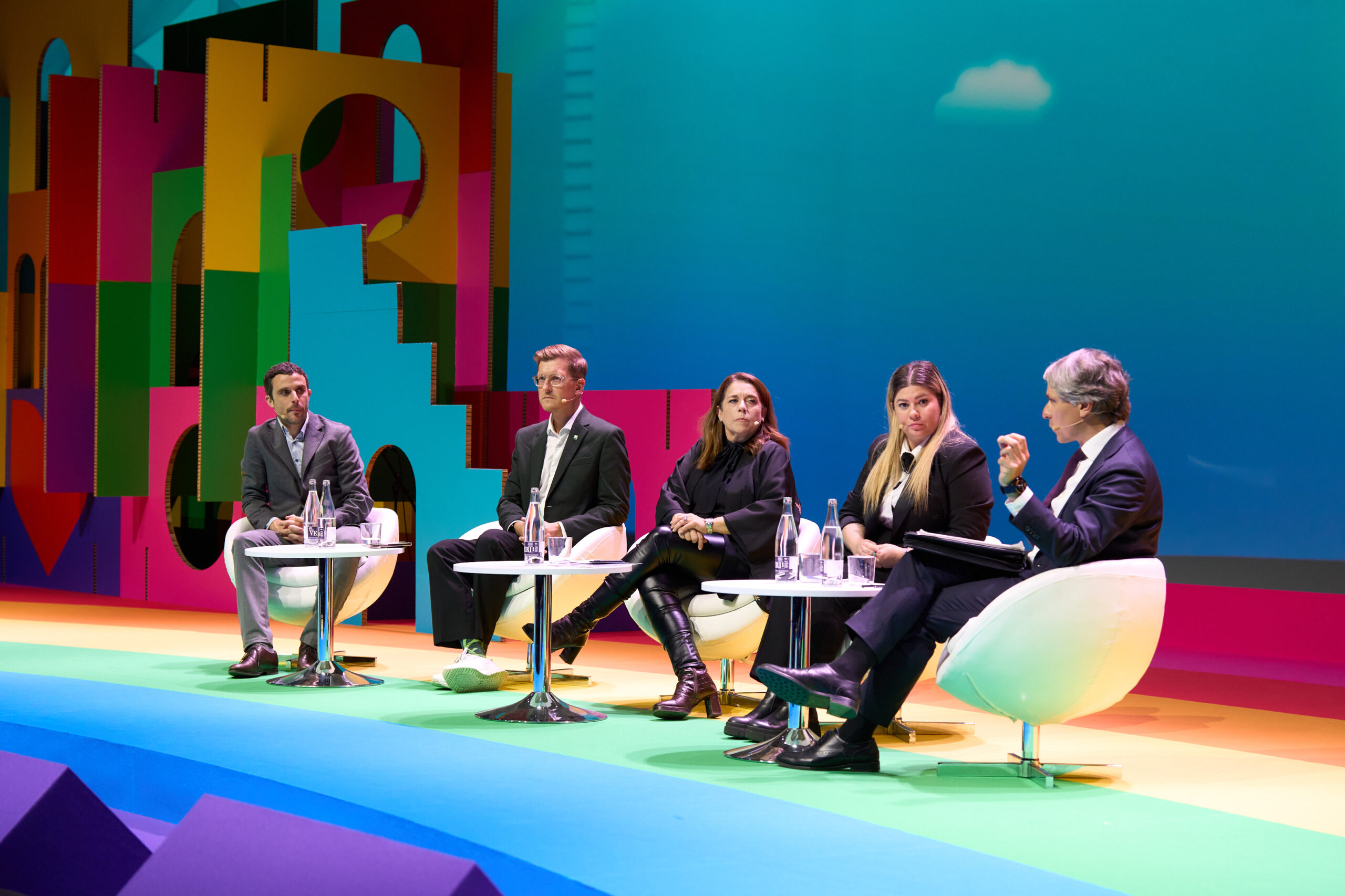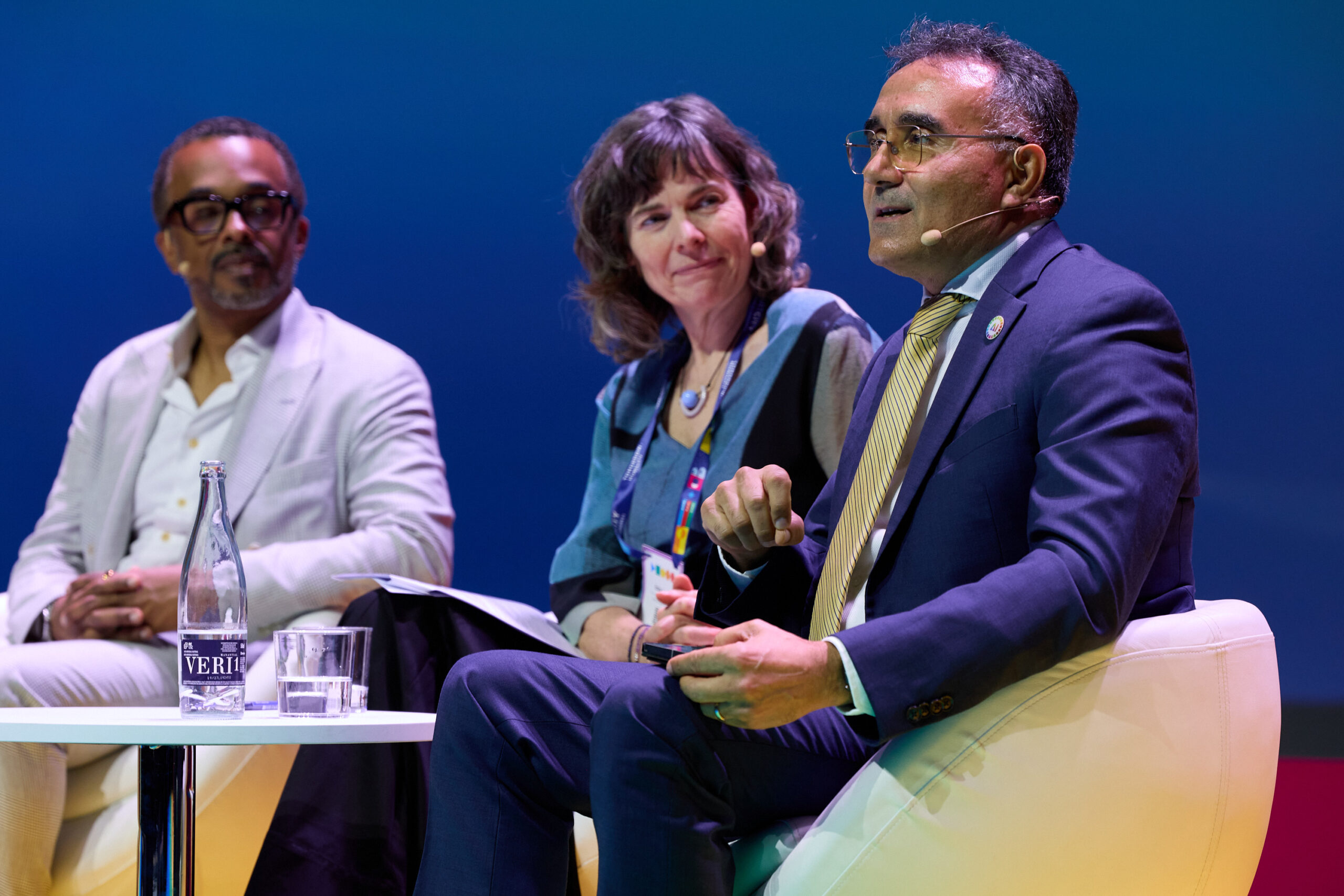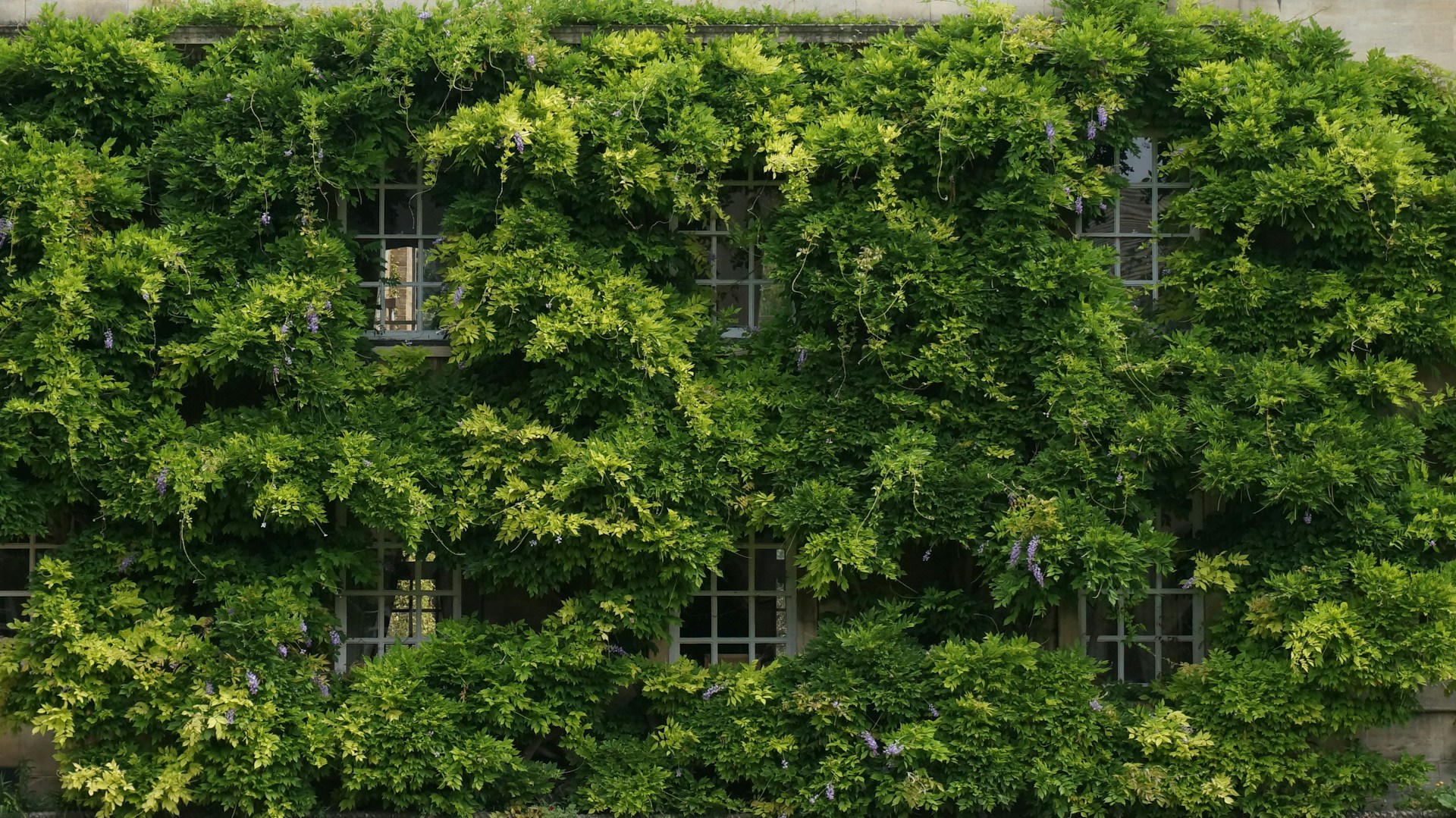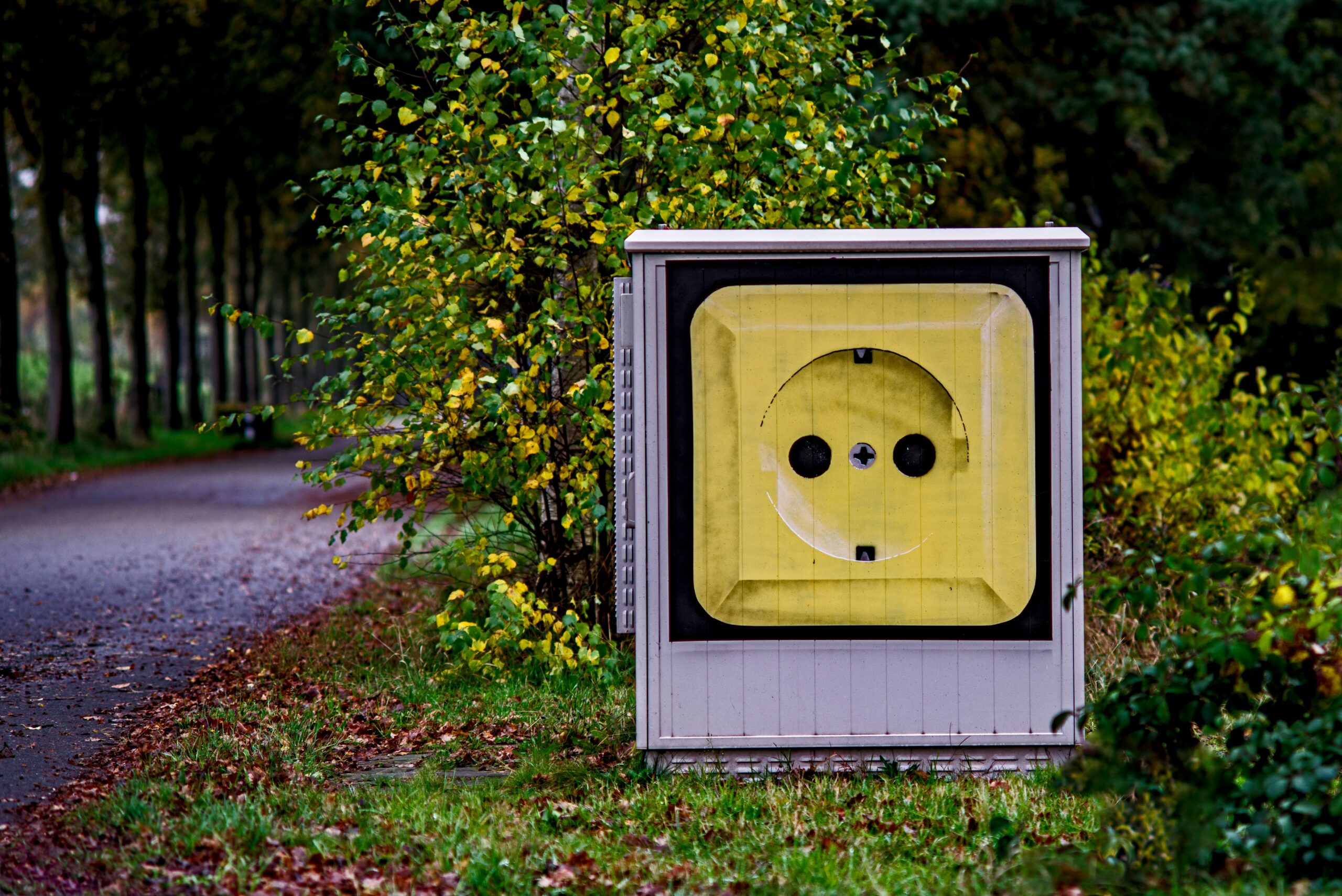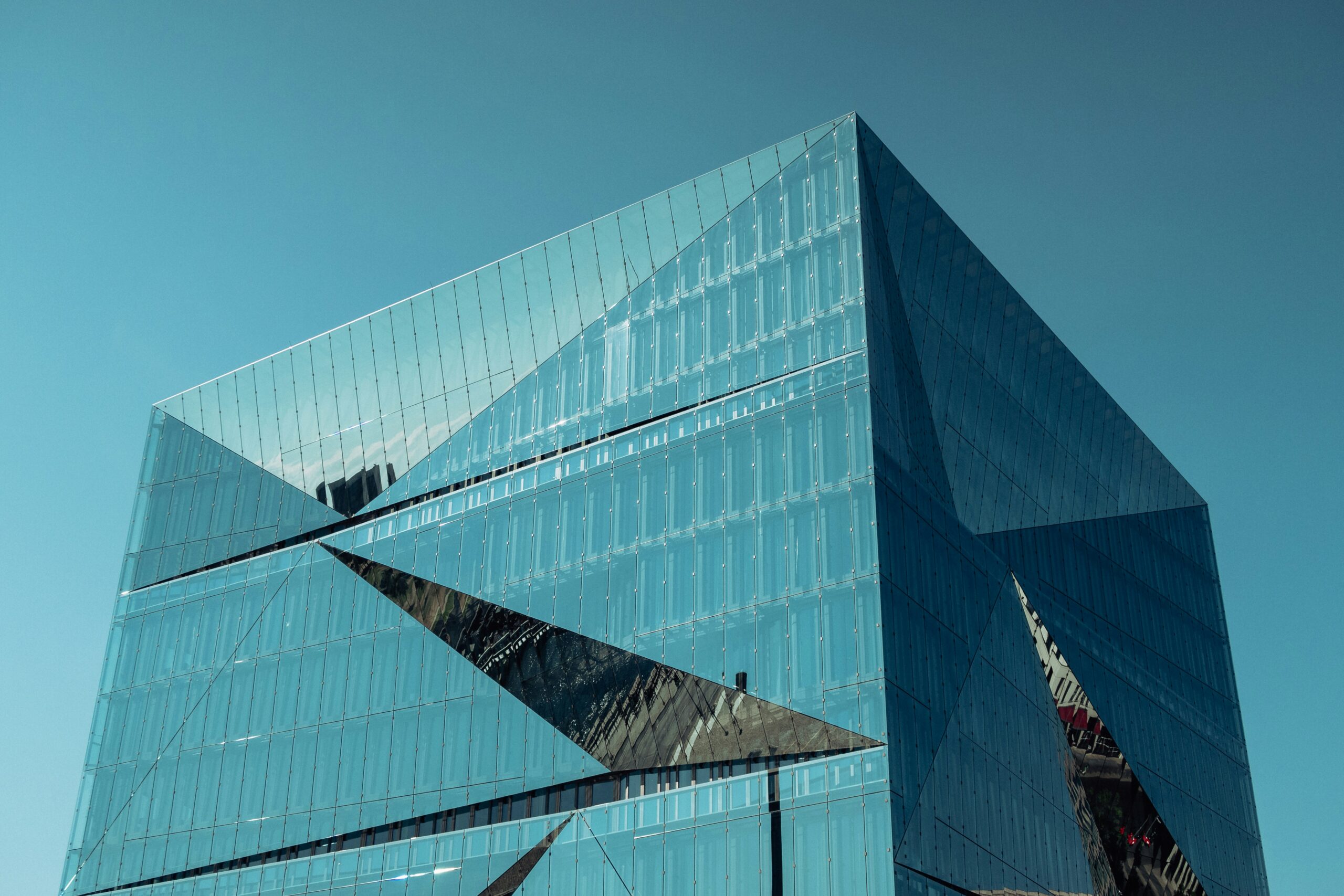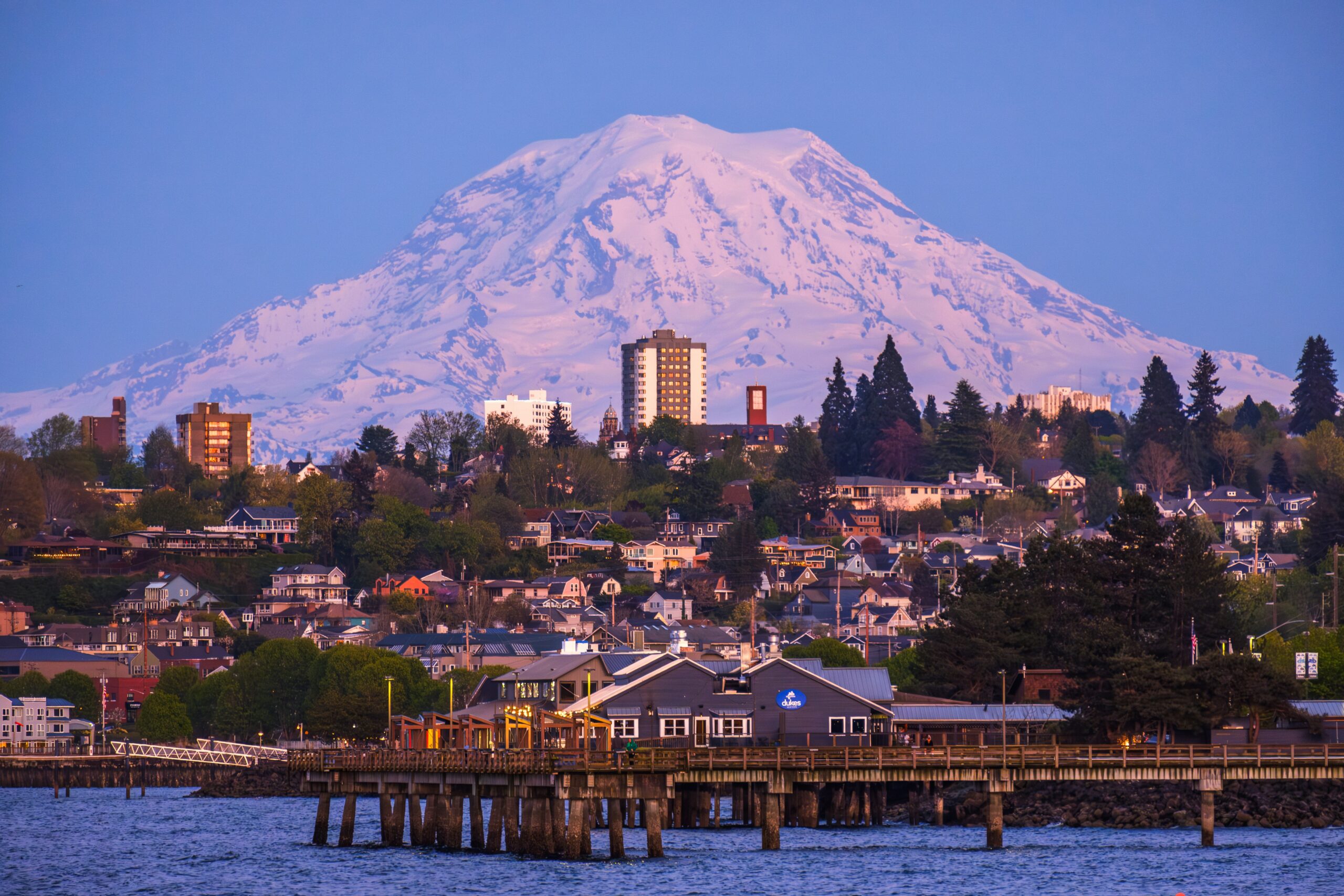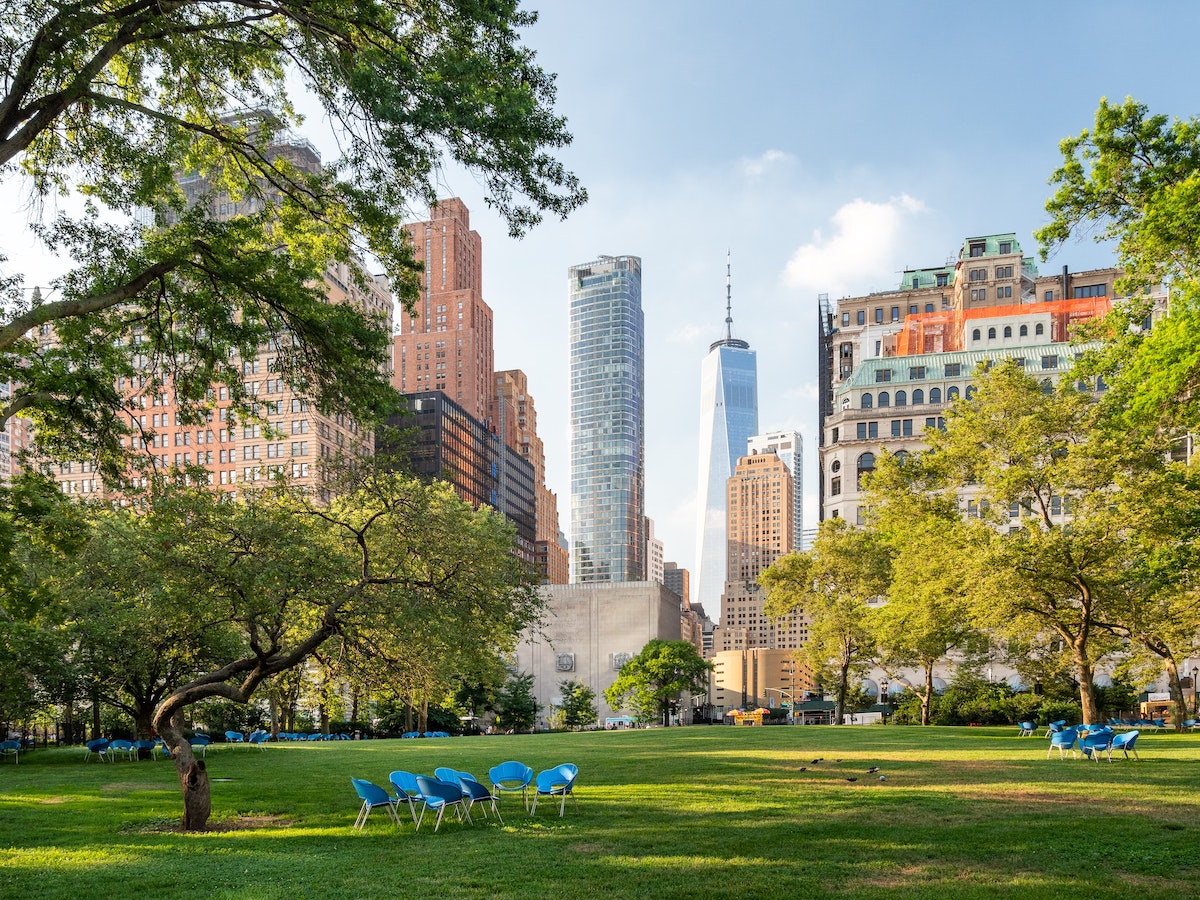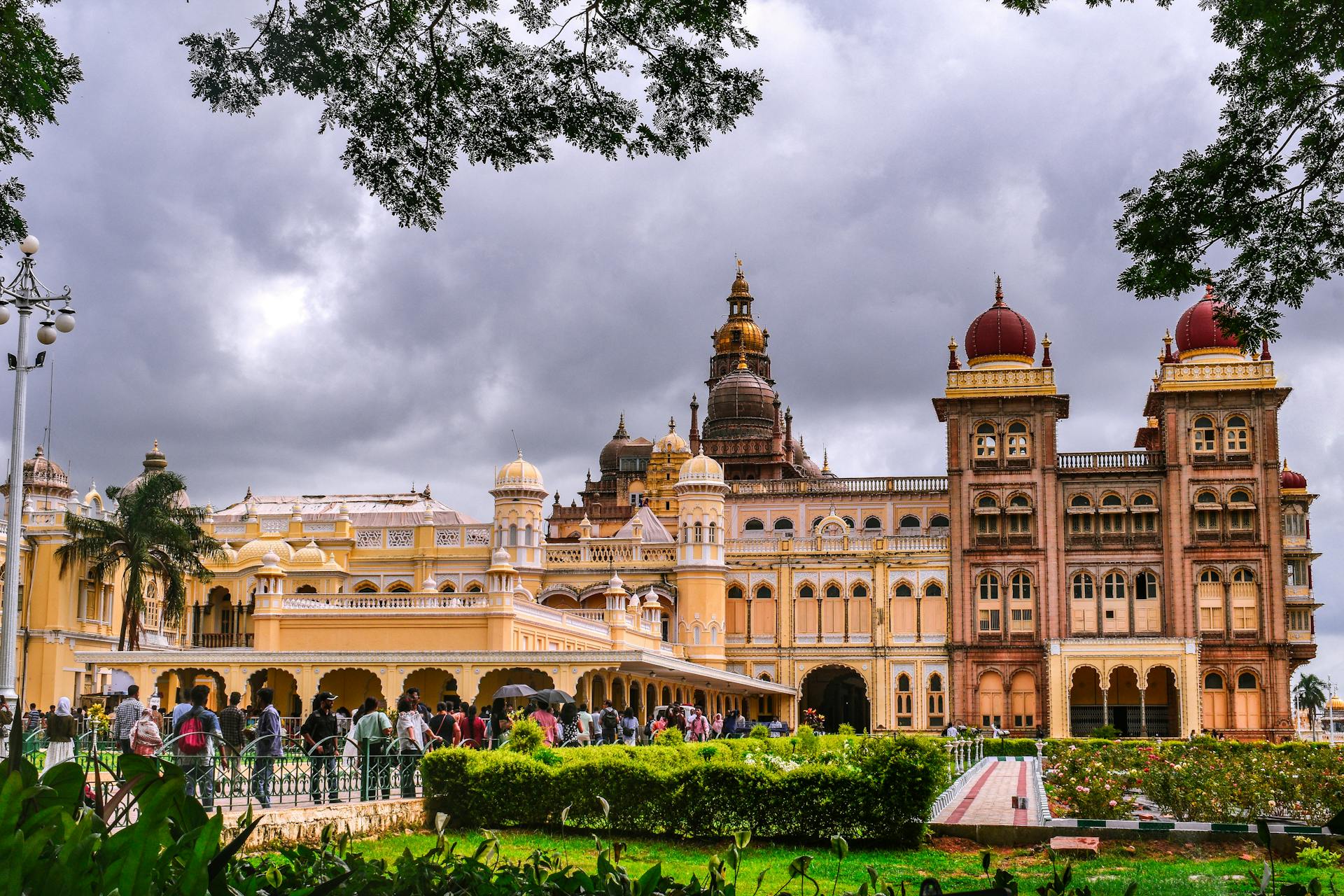Author | Lucía Burbano
For over a decade, South Korea’s Statistics Research Institute has been asking the population what they think of the quality of the air they breathe. The response since 2012 has been practically the same: low levels of satisfaction confirm that South Korea has a problem.
The air quality in the capital, Seoul, is particularly serious, as a result of its rapid industrialization. According to NASA, Seoul is among one of the world’s cities with the worst air pollution. Between 2009 and 2013, Seoul’s mean PM10 levels were higher than in many of the largest cities in the world, including Los Angeles, Tokyo, Paris and London. Air quality is also estimated to have accounted for approximately 16 percent of all deaths in the Seoul metropolitan area in 2010.
WHAT IS AIR QUALITY AND AIR POLLUTION?

Air quality is determined by the extent to which the air we inhale is devoid of substances that contribute to air pollution. This, in turn, is the presence of materials and substances in the air, whether they occur naturally or are a result of human activities, and which, when breathed in, can pose significant risks and harm to the health of humans, animals, and the environment.
The World Health Organization (WHO) alerts that air pollution stands as one of the most significant environmental risks, responsible for triggering or exacerbating cerebrovascular accidents, heart conditions, lung cancers, and pneumopathies.
Specifically, the sources of the pollution include:
- Particulate matter
The main components of particulate matter include nitrates, ammonia, mineral dusts, sulfates, sodium chloride, black carbon, and water.
- Carbon monoxide (CO)
A toxic gas that is difficult to detect as it is colorless, odorless and tasteless. It is produced when there is incomplete combustion of carbon-containing fuels such as petrol, charcoal, natural gas, wood, and kerosene.
- Ozone (O3)
Ozone (O3) in soil terms, distinct from the ozone layer, is a vital component of photochemical smog, forming through its reaction when exposed to sunlight.
- Nitrogen dioxide (NO2)
This is a gas typically emitted during the combustion of fuels used in transportation and industrial processes.
- Sulfur dioxide (SO2)
Although colorless, SO2 is recognized by its pungent odor. It is produced through the combustion of fossil fuels and by smelting ores containing sulfur.
Causes of air pollution
In 2019, the WHO estimated that outdoor air pollution, both in urban and rural areas, was responsible for approximately 4.2 million premature deaths each year. The main reason is exposure to fine particulate matter, which can lead to cardiovascular and respiratory diseases, as well as certain types of cancer.
89% of these deaths occur among individuals residing in low and middle-income countries, where outdoor air pollution tends to be more severe. Specifically, these deaths are concentrated in the regions of Southeast Asia and the Western Pacific.
The primary sources of pollution are linked to or caused by various sectors, including energy production, agriculture, transportation, waste management, and urban planning.
The WHO highlights successful examples of state or local policies that have effectively reduced air pollution:
In the industrial sector: Adopting clean technologies to reduce emissions from flue-gas stacks, implementing improved urban and agricultural waste management practices, and recovering methane gas from landfills for use as biogas.
In the energy sector: Ensuring global access to affordable household energy solutions derived from natural or non-polluting sources.
Power generation: The use of low-emission fuels and renewable sources of energy such as solar, wind or hydroelectric power.
The transportation sector: Implementing clean non-fossil generation methods, prioritizing policies that encourage the use of public transportation, and promoting alternative means of transportation such as biking or pedestrianizing cities.
Ensuring that heavy vehicles utilize cleaner diesel engines and promoting the adoption of low-emission vehicles and fuels, particularly those with low-sulfur content.
Urban planning: Enhancing energy efficiency and insulation in buildings. Promoting a denser urban design with increased green spaces.
Seoul’s air quality, a national problem
According to IQAir, the Swiss air quality technology company with an air quality platform providing real-time data on the world’s air quality, South Korea’s average quality so far this year is classified as “moderate”. However, the PM2.5 level in Seoul is currently 3.2 times higher than the air quality value recommended by the WHO.
According to the Swiss firm, air pollution in Seoul has led to approximately 2,700 deaths and incurred a financial cost of $3.3 billion in 2024.
In 2020, and as was the case in practically the entire world as a result of the interruption of activities due to the COVID-19 pandemic, concentrations of air pollutants dropped, in Korea’s case, by 27%. However, the break caused by the pandemic should not mask a reality which, in Korea, has a name: fine dust or yellow dust.
Pollution levels in its capital, Seoul, which is home to around 10 million people, are the worst in the country. To such an extent that average residents will live 1.7 years less if the city’s high pollution levels continue as they are.
What lies behind the bad air quality

In March 2021, Korea experienced the worst yellow dust storm of the past decade. This phenomenon, which begins in the deserts of China and Mongolia particularly during the Spring, brings with it harmful particles such as sulfur, carbon monoxide, heavy metals and other carcinogenic material together with viruses, bacteria, fungi, pesticides, antibiotics, herbicides and plastic components that accelerate and exacerbate lung and cardiovascular diseases and various types of cancers.
Local health authorities categorize the concentrations of PM10 (solid or liquid dust particles, ashes, soot, meal particles or pollen) between 0 and 30 micrograms as good, between 31 and 80 as normal and between 81 and 150 as bad. In Seoul they reached 545 micrograms in March of last year and the authorities advised vulnerable groups not to go outside.
Yellow dust storms have always existed but they have been exacerbated by increased deforestation activities in Central Asia, increasing the frequency of the storms, particularly if there is little rainfall and anticyclones generate warm or stagnant air into the atmosphere. Many in Korea blame China’s industrial activity, which is much more intensive than in the past, for the increased number of harmful particles present in these dust storms.
Drones, robots, satellites and artificial rain, measures to improve air quality

As they are aware of the problem, the Korean authorities are working on improving air quality by implementing various strategies:
5G-connected autonomous robots
Last year, 5-G connected robots equipped with devices to measure air quality, began patrolling the Jeonju industrial complex in South Korea. More efficient and with the ability to reach more areas than the inspectors patrolling the factories, the data collected will be subsequently used for the city’s environmental management.
Association with international entities
A new partnership between the United Nations Environment Program and the Republic of Korea’s Capital Metropolitan Area, which includes Seoul, Incheon and Gyeonggi province, will help officials expand their efforts to tackle air pollution and share their best practices with other regions suffering from poor air quality.
Drones to combat pool air quality
As part of a series of investments being made by the Korean government to implement drones in numerous procedures, the surveillance company Hancom inSpace has been chosen to develop an automatic drone system to observe coastal pollution for over 20 minutes for a distance of up to 4 kilometers.
Collaboration with China
Air quality has become a delicate diplomatic issue, since, according to numerous Korean sources, around 70% of the toxic particles present in the yellow dust storms are from China’s industrial activity. Even so, Korea has shown its willingness to collaborate with the Chinese authorities in projects that generate artificial rain to clean the atmosphere, among others.
A national satellite
Last year, the Korean Ministry of Science and ICT announced that it would begin to provide its inhabitants with real time air quality data and data of seven types of air pollutants. The data will be obtained from its environmental satellite Chollian-2B launched into orbit in 2020, so it does not have to rely on foreign satellites that were not providing this information with the desired frequency given the scope of the problem, which has now become a national problem.
The effects of these measures are already evident. According to a report by the Environment Department of Seoul’s Metropolitan Government, in January 2023, the air quality in the Korean capital was among the best recorded in over a decade in 2022. This improvement is attributed to a combination of government policies and favorable climate conditions on the peninsula.
Photos | Unsplash/Nik Shuliahin , Shutterstock/TTLSC, Shutterstock/Johnathan21, Lee Soo hyun
